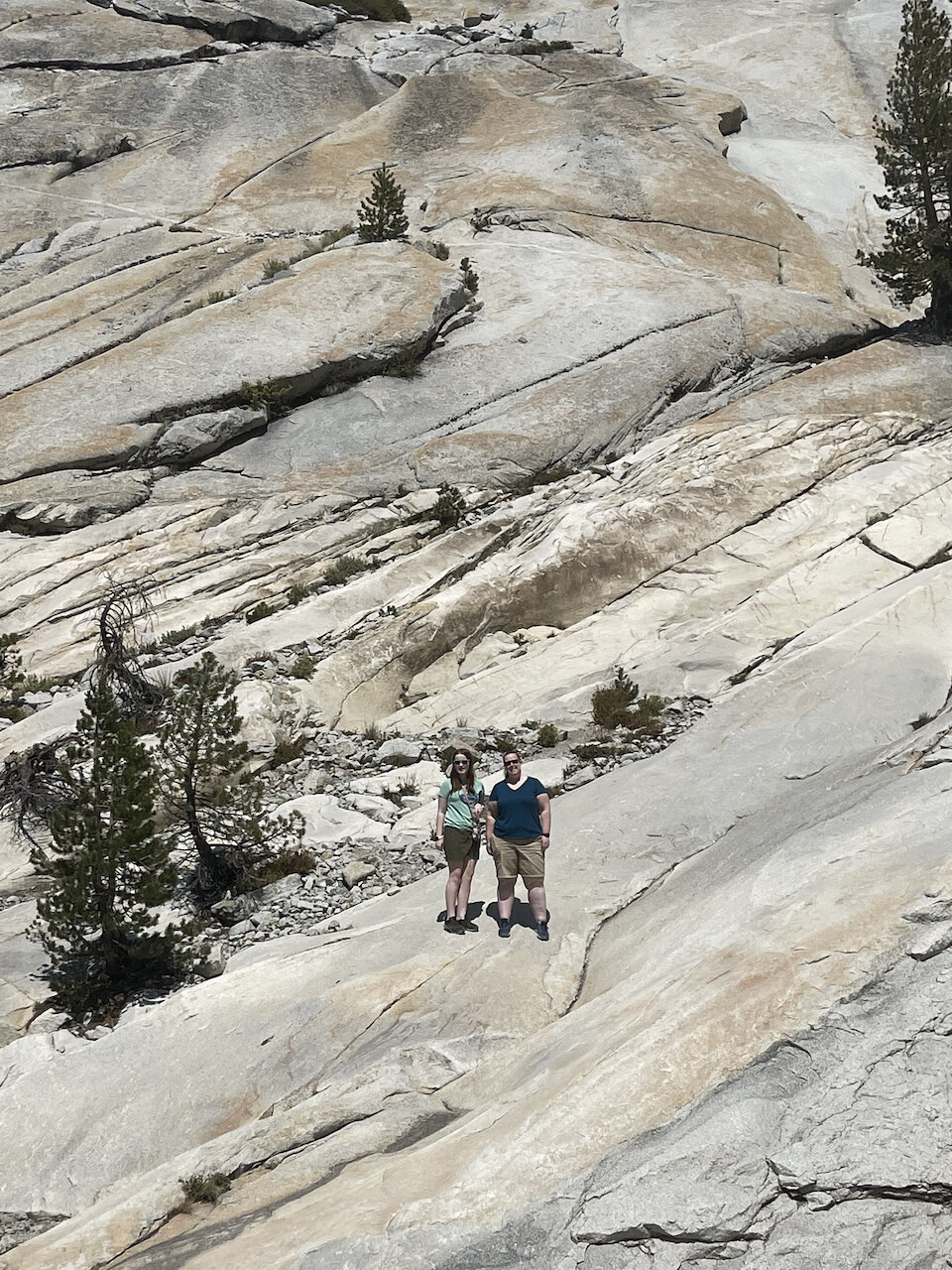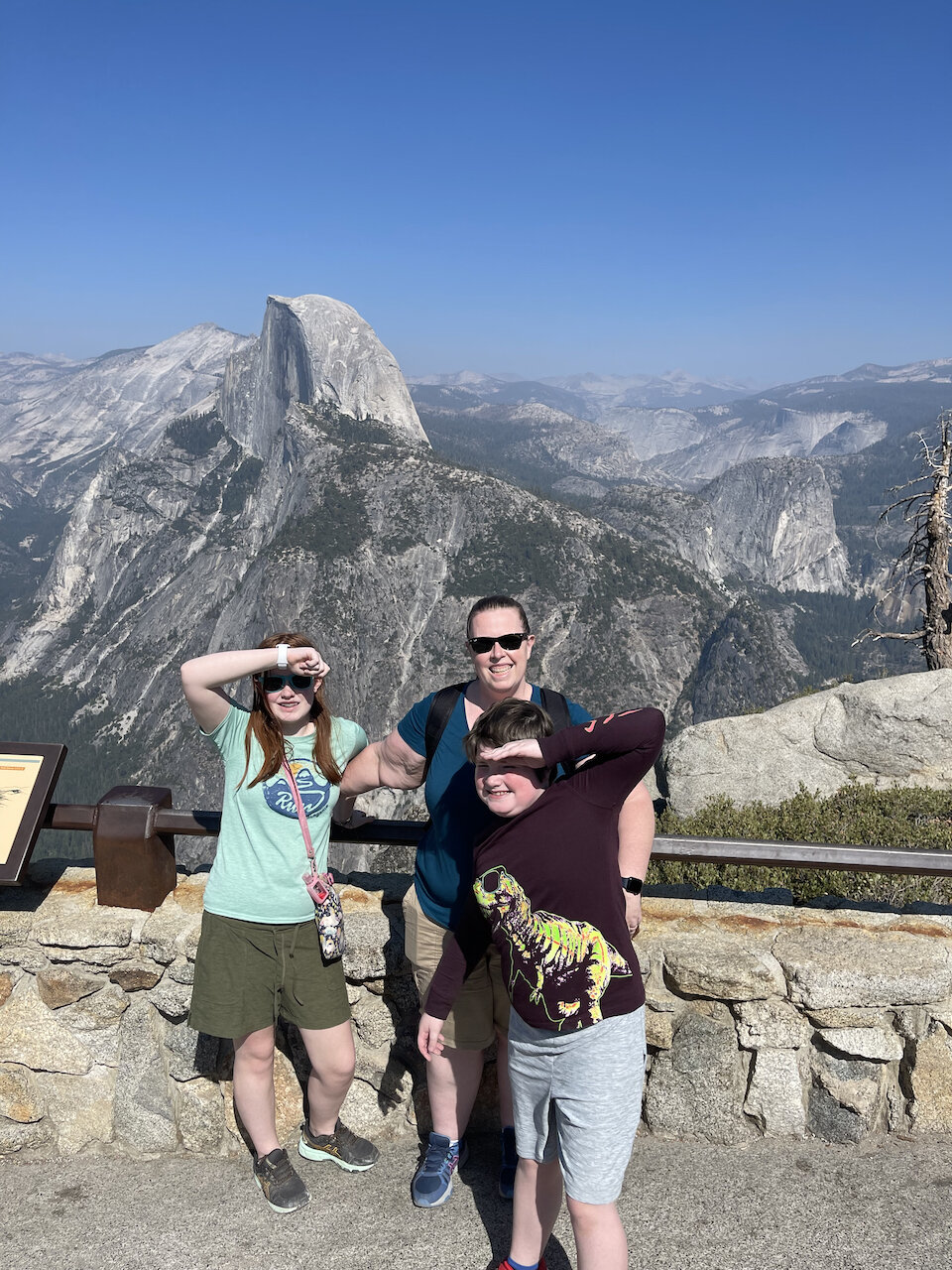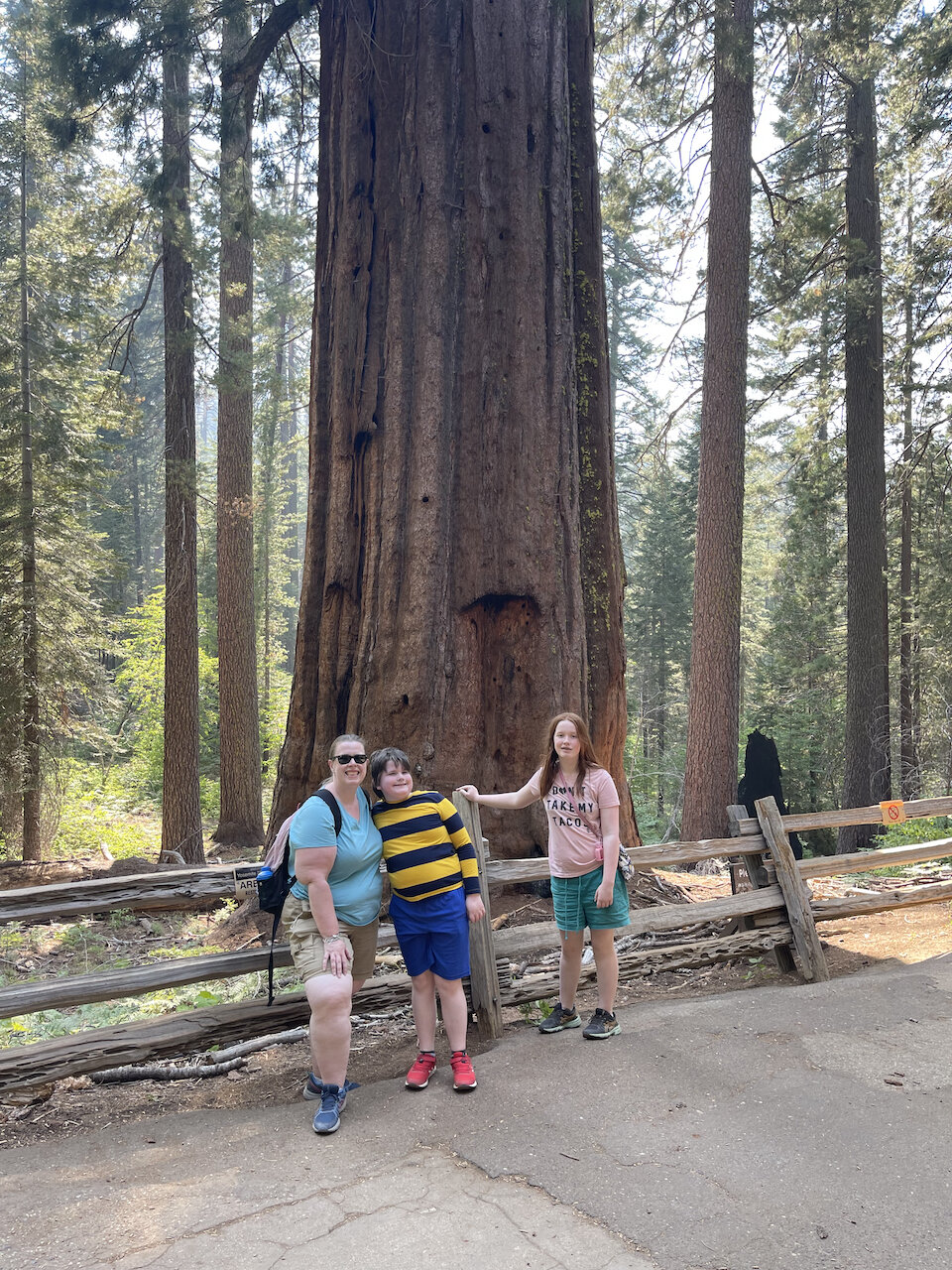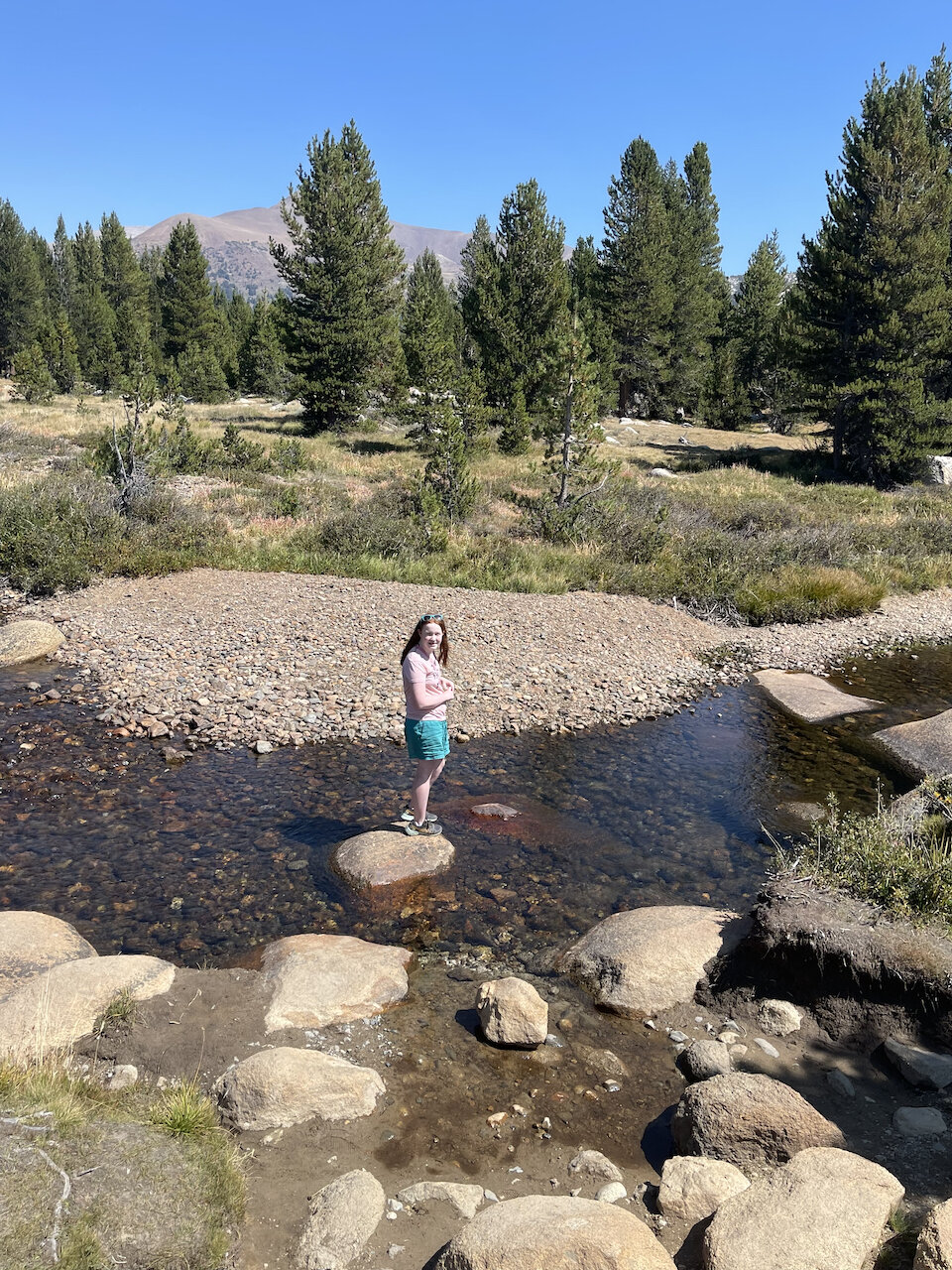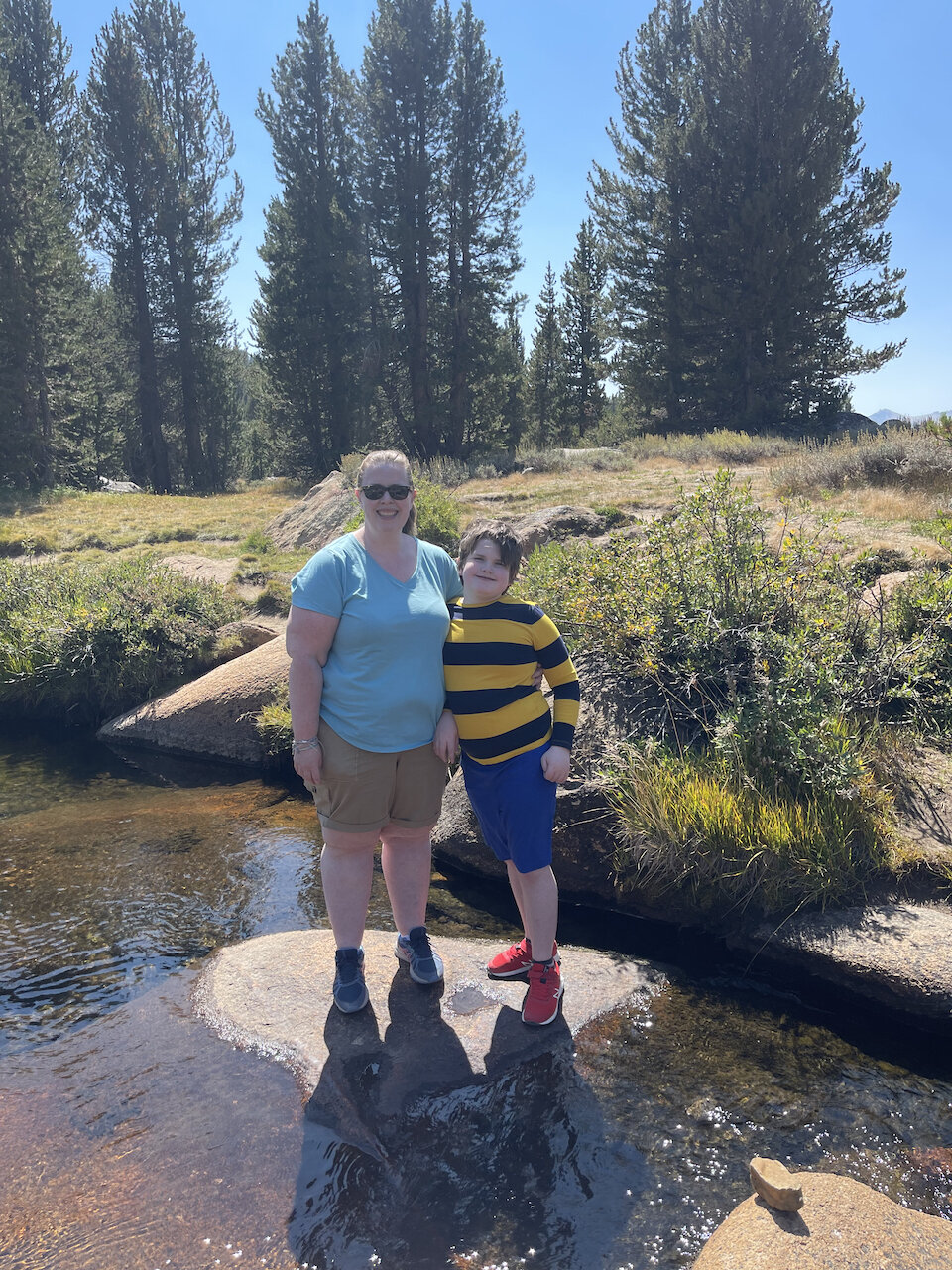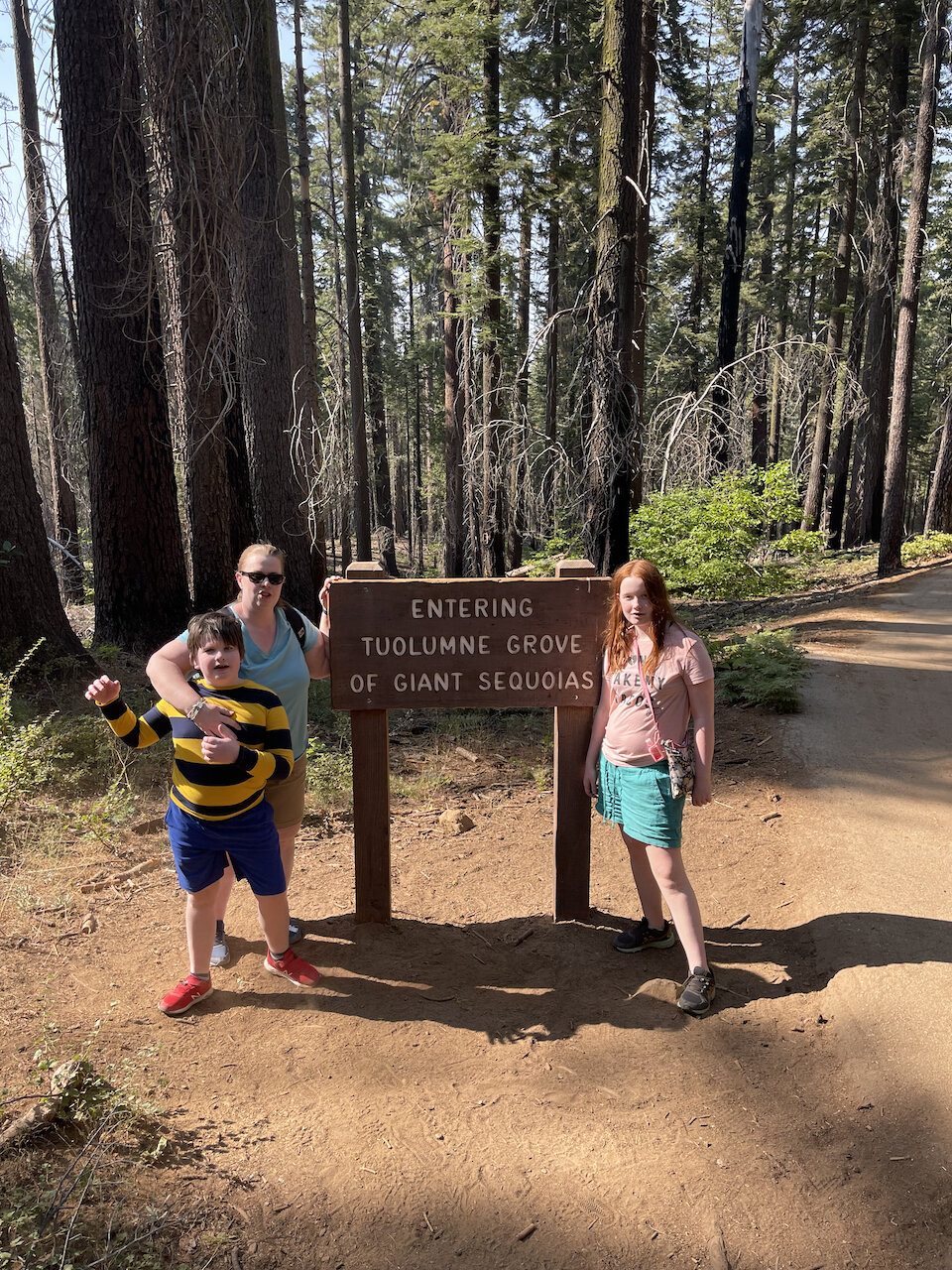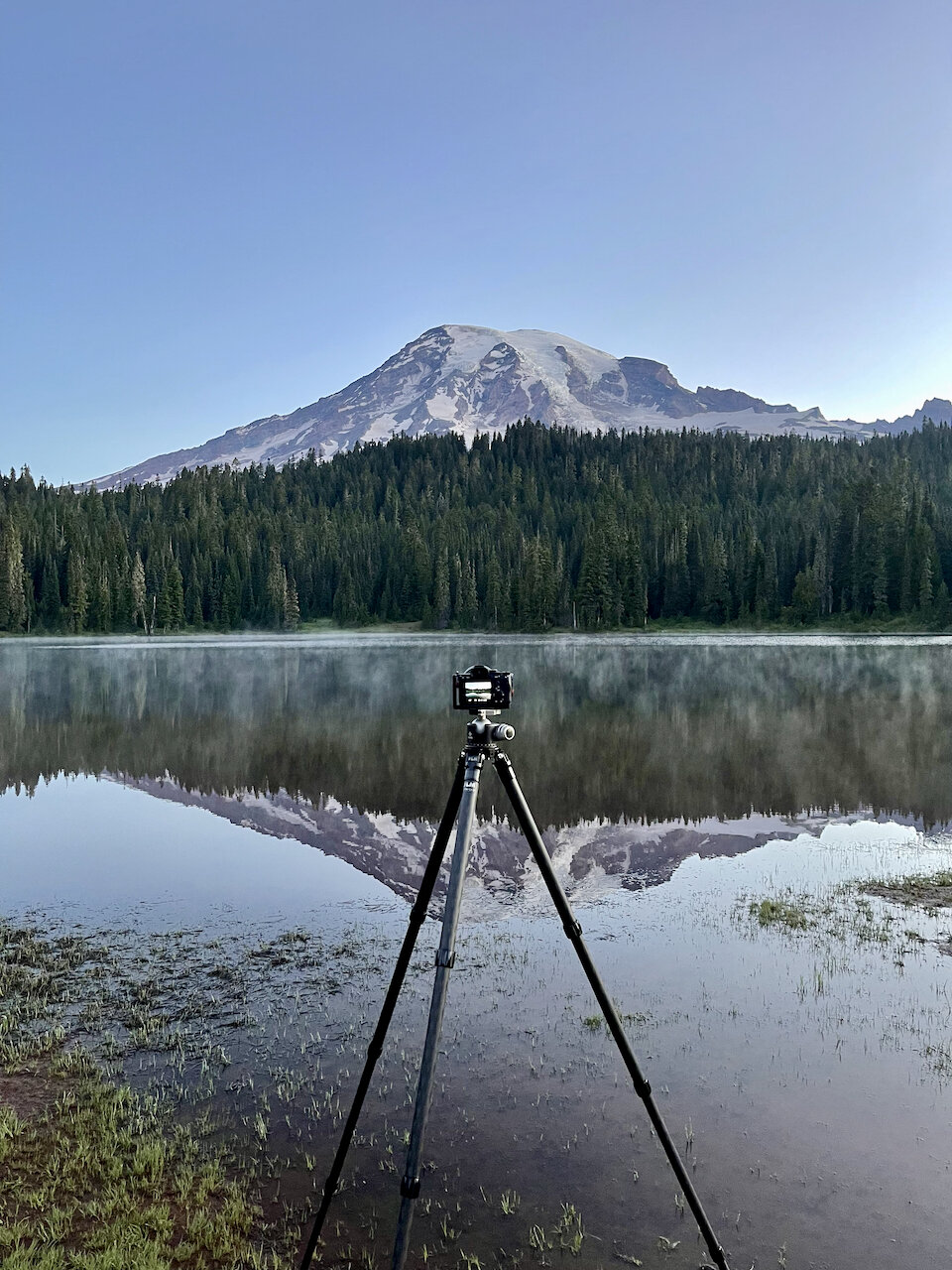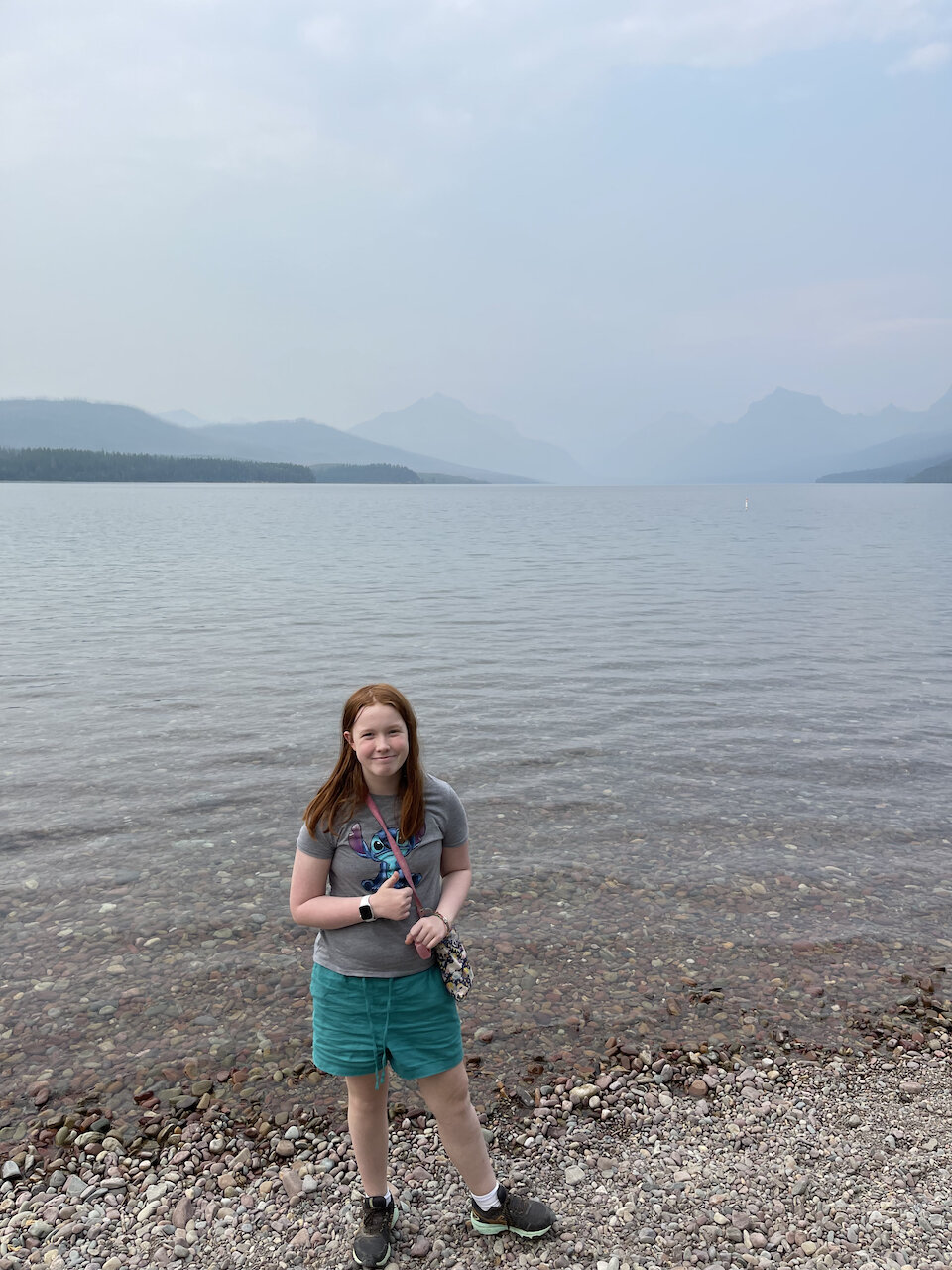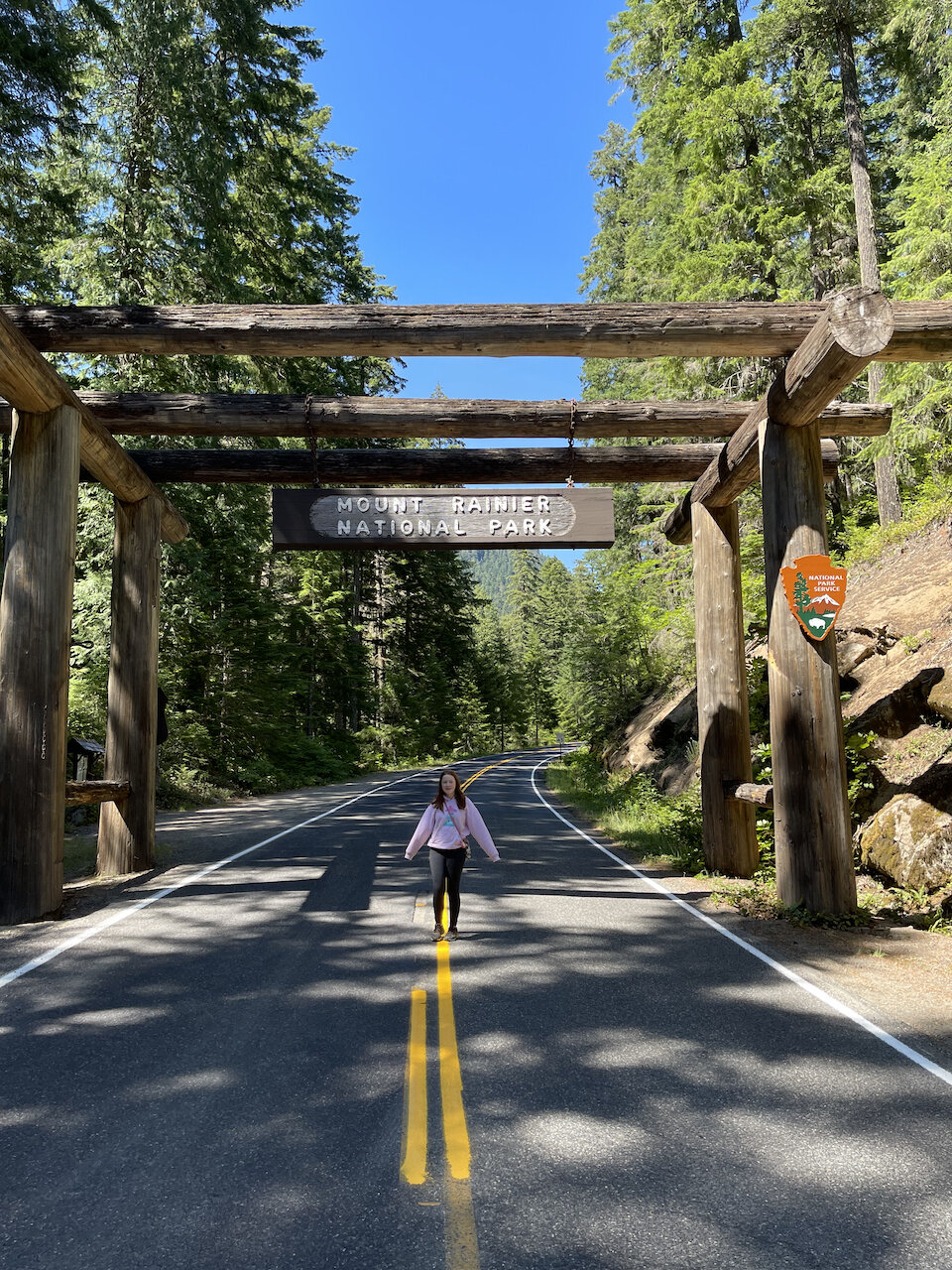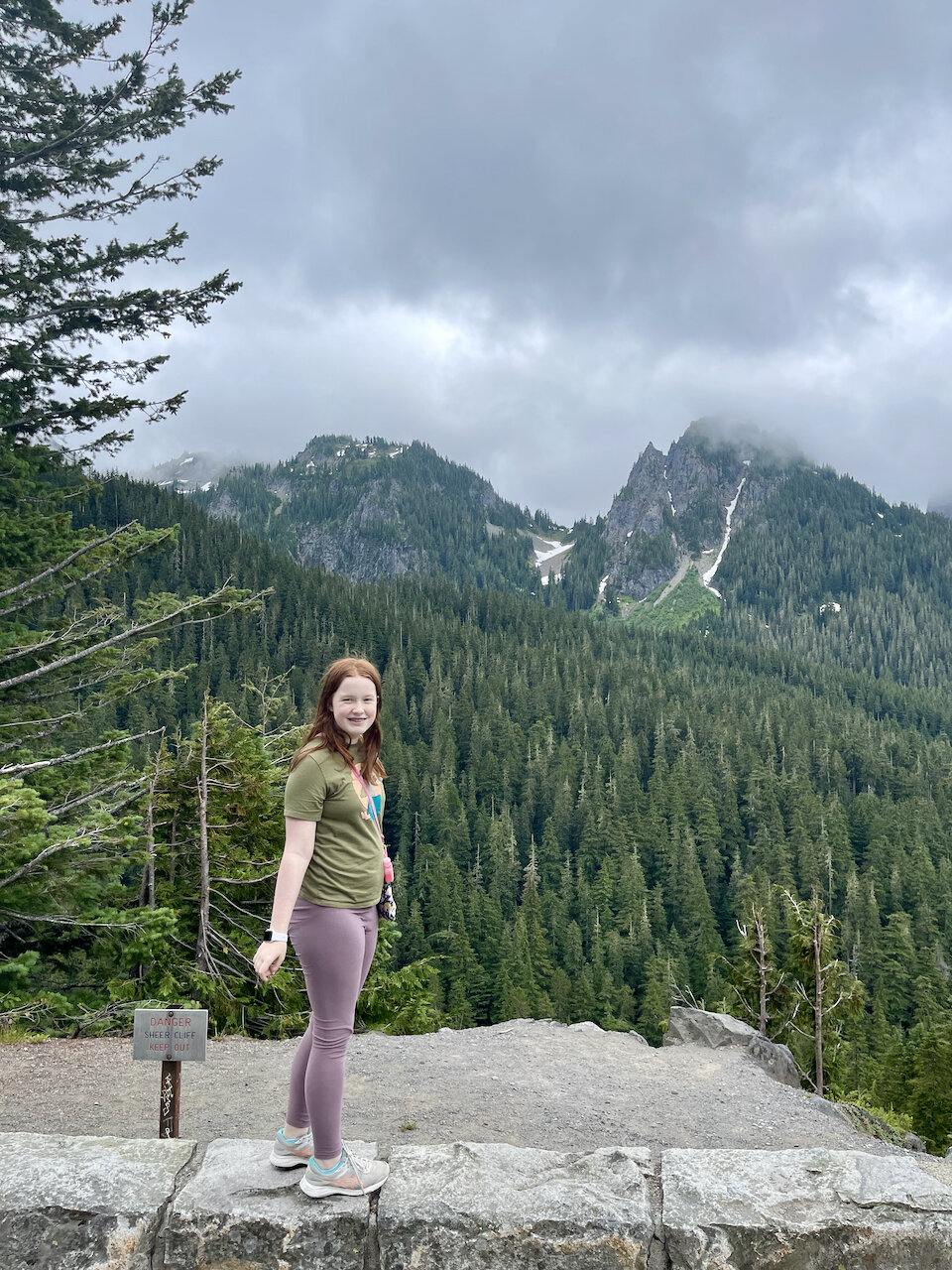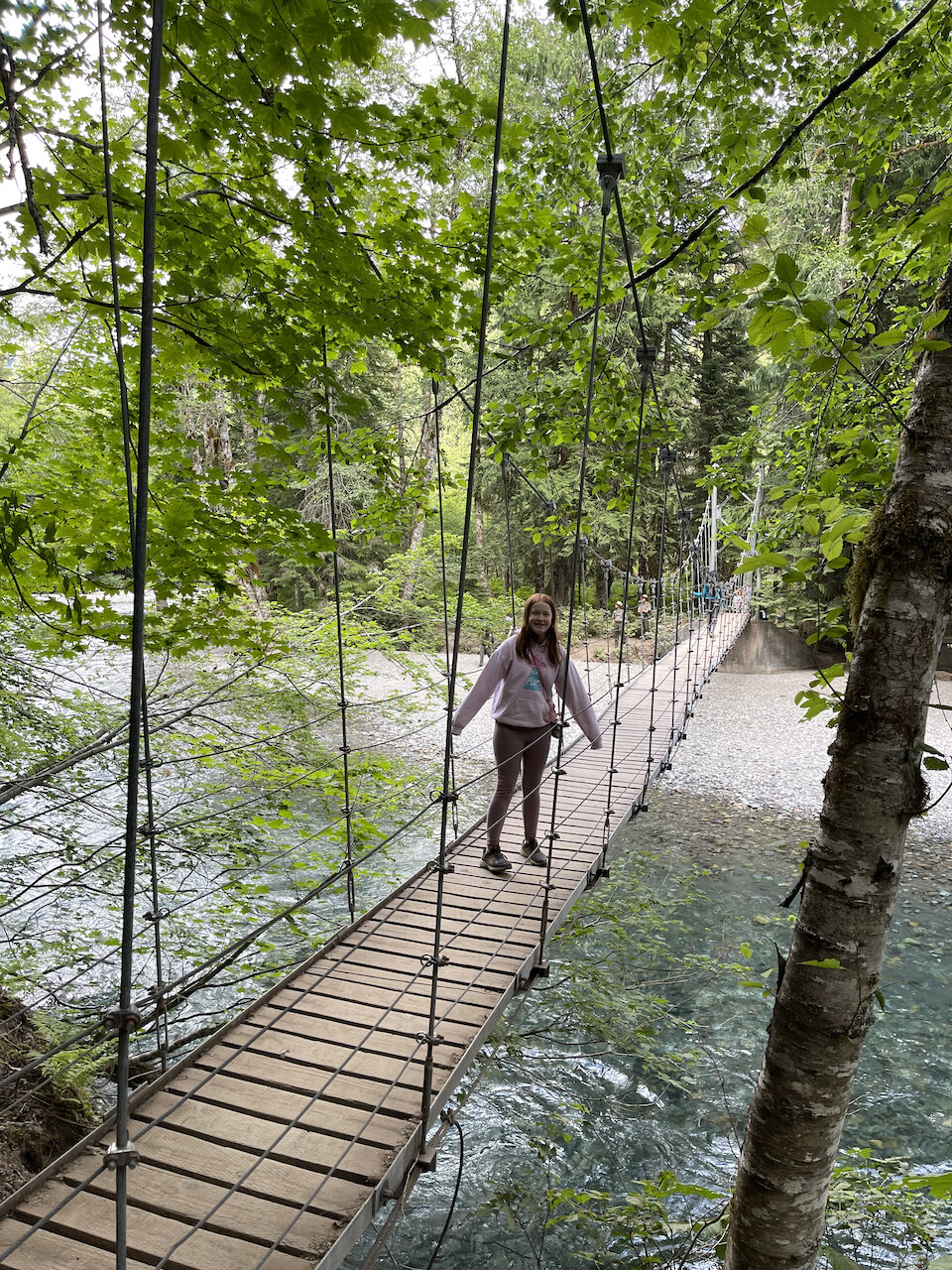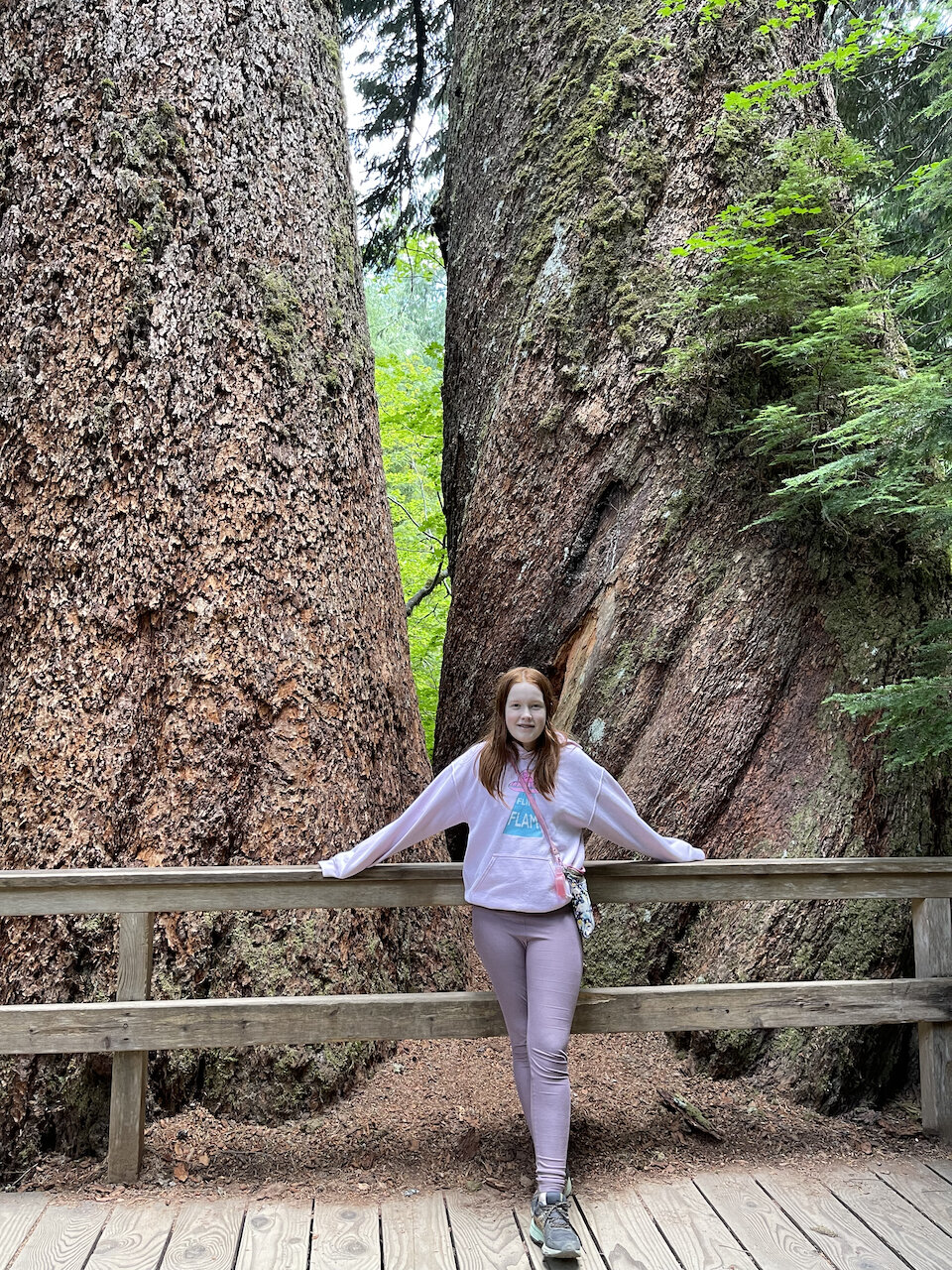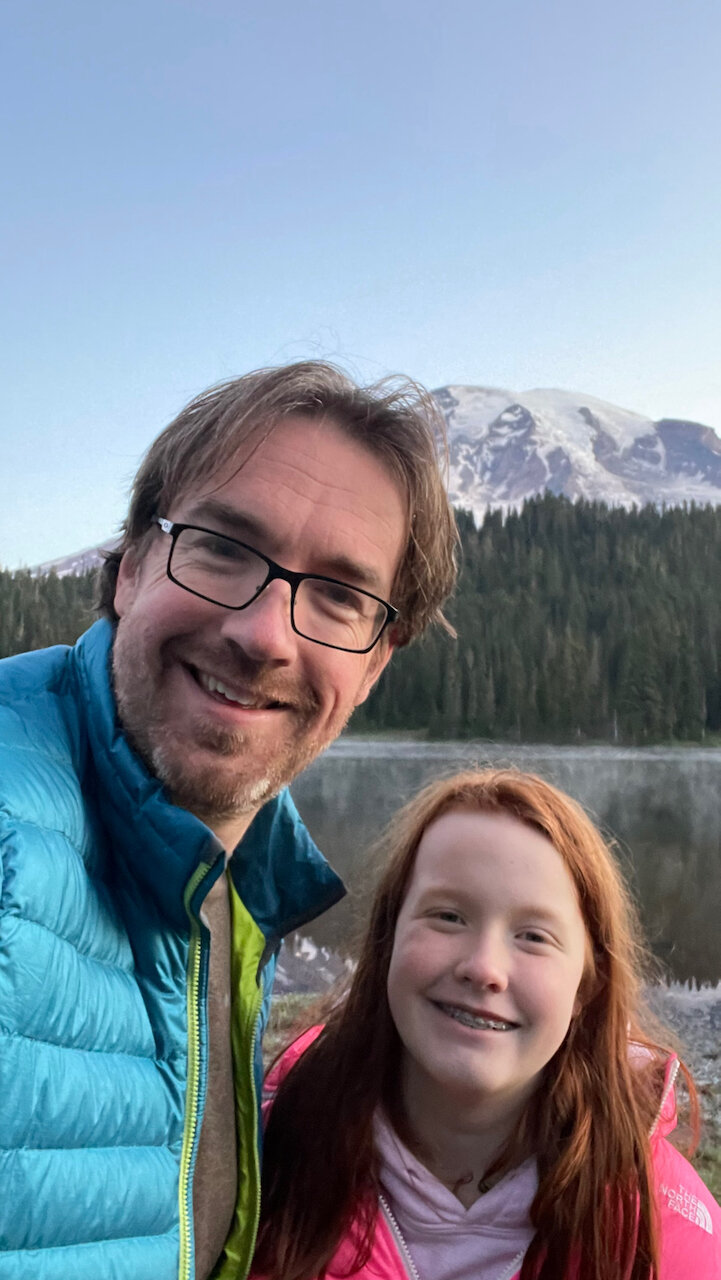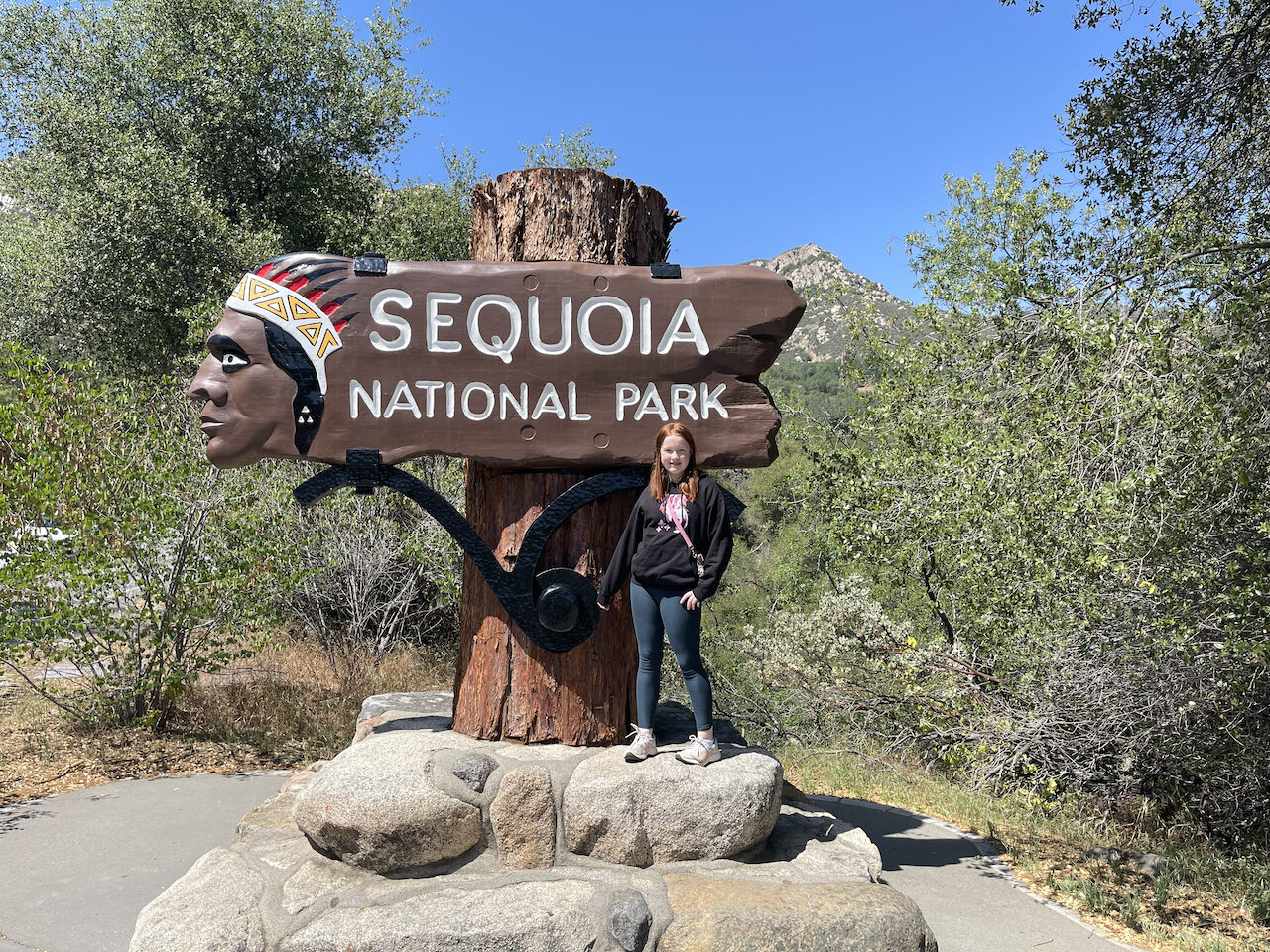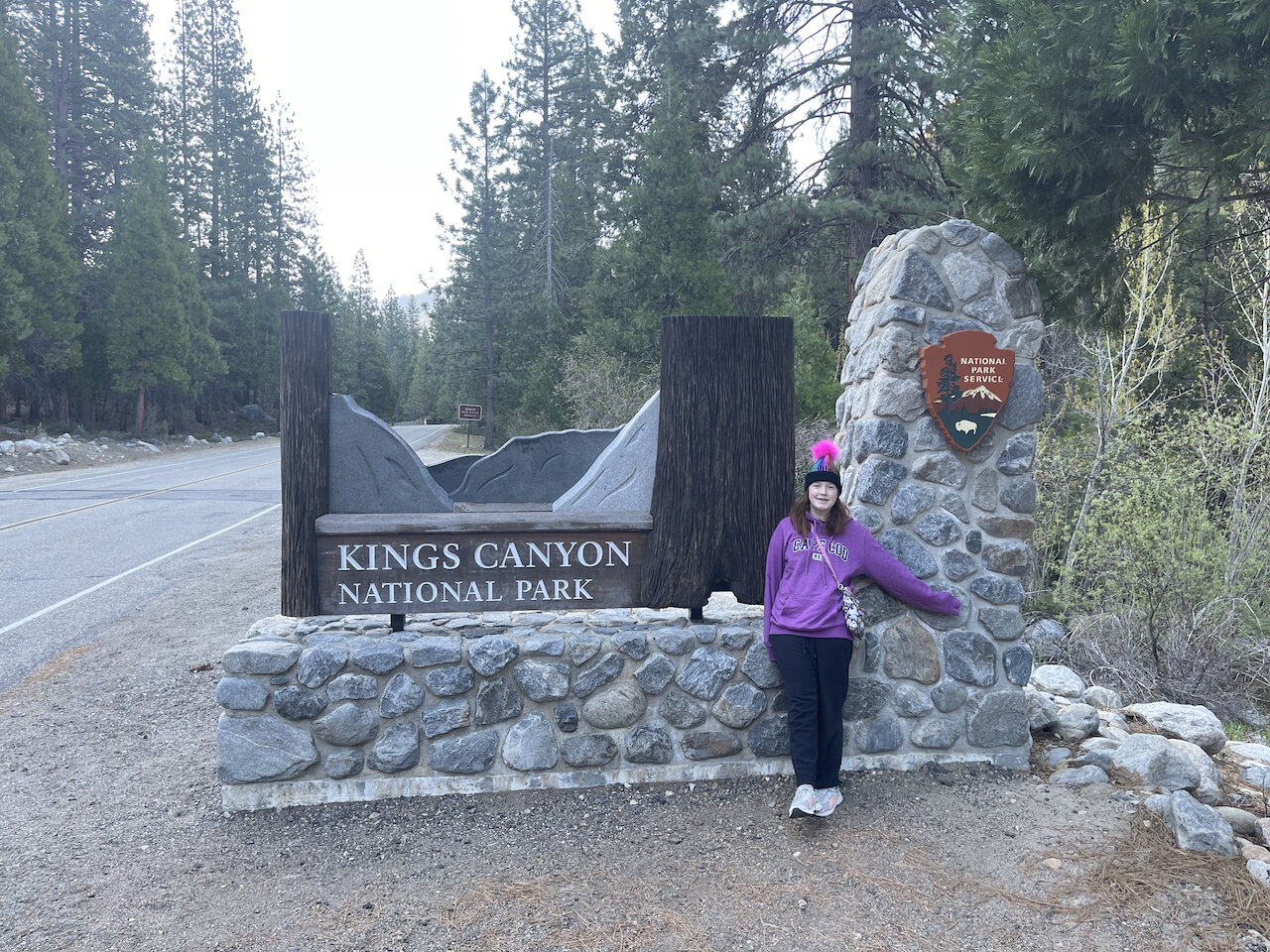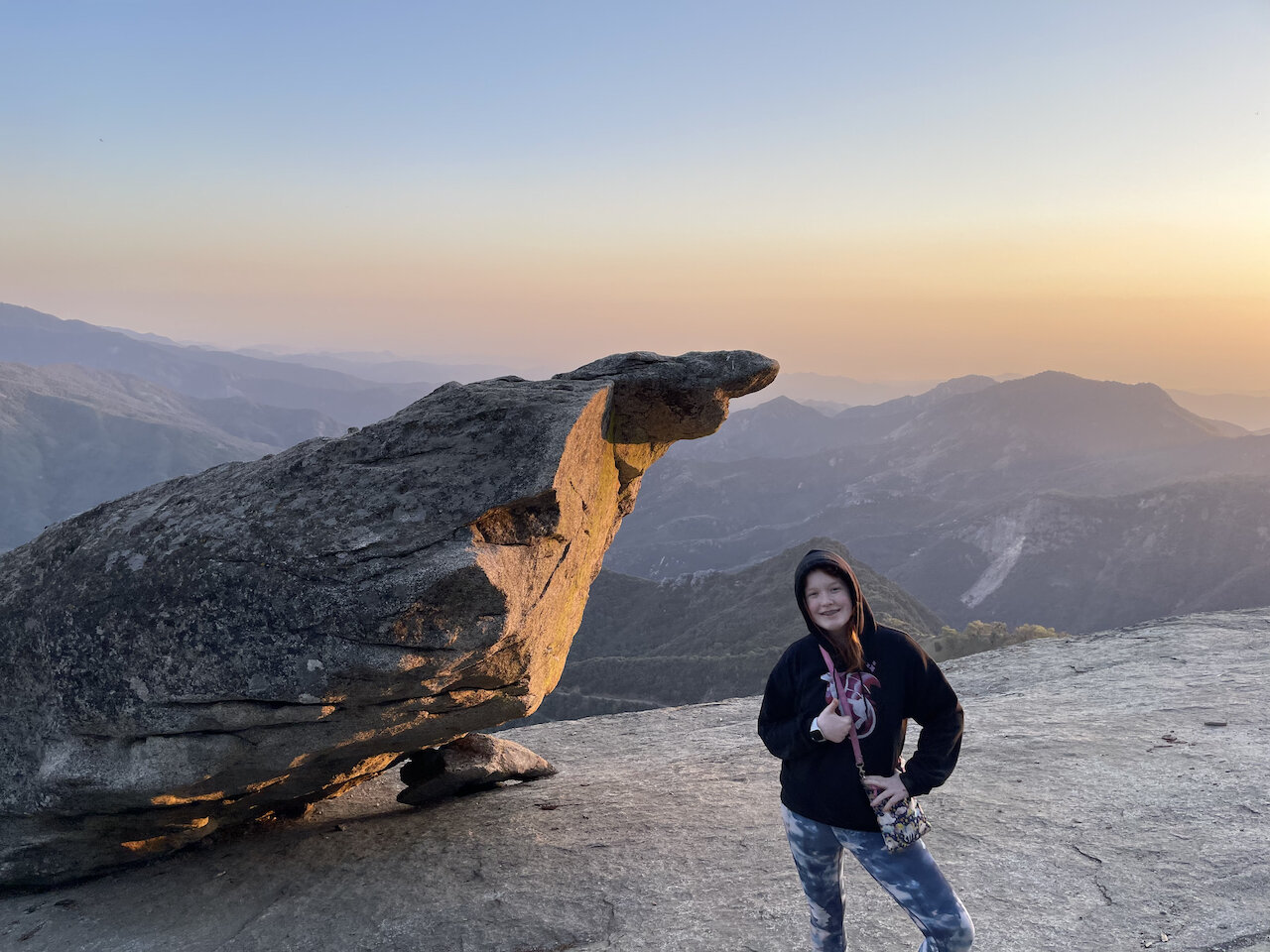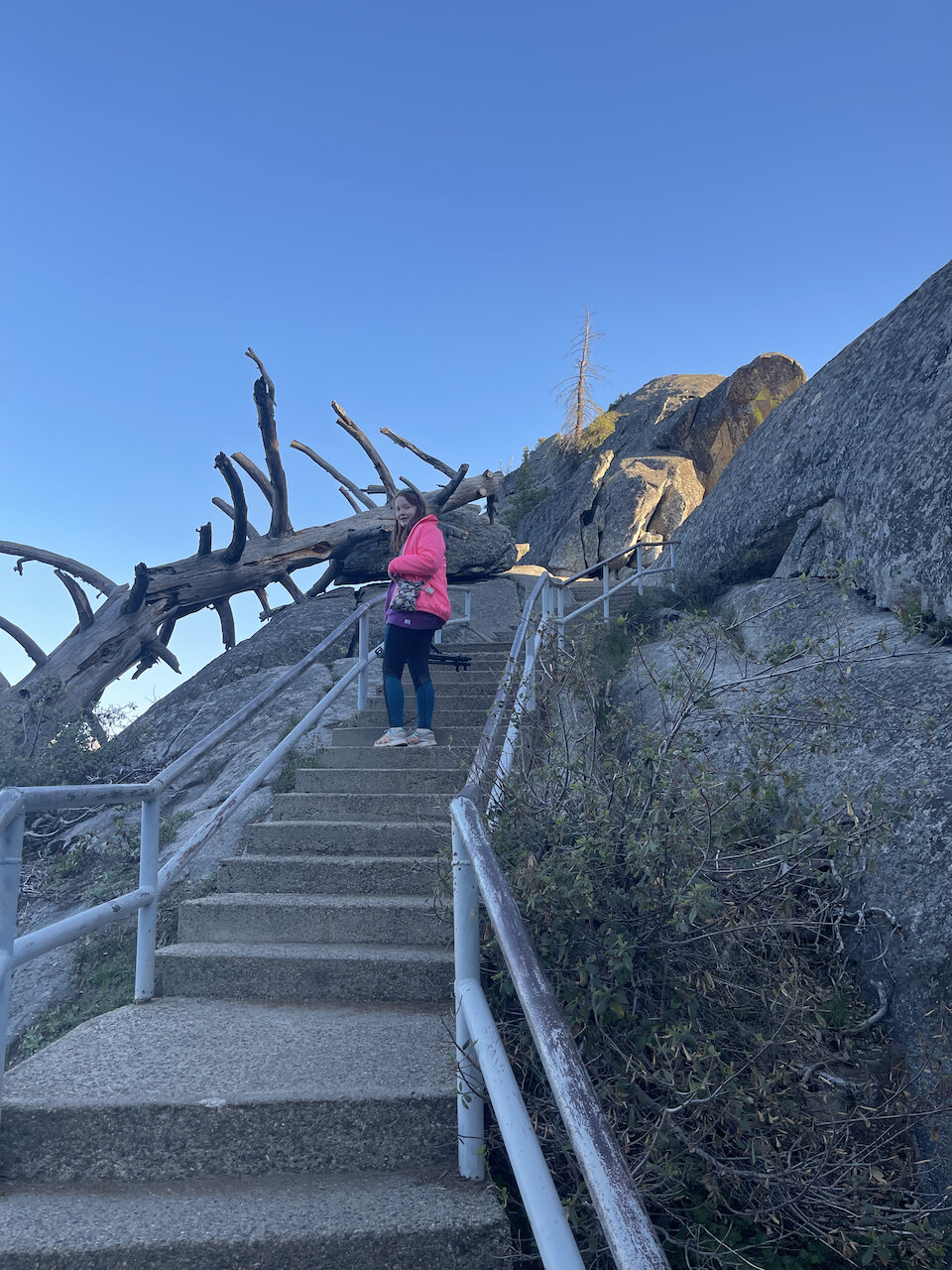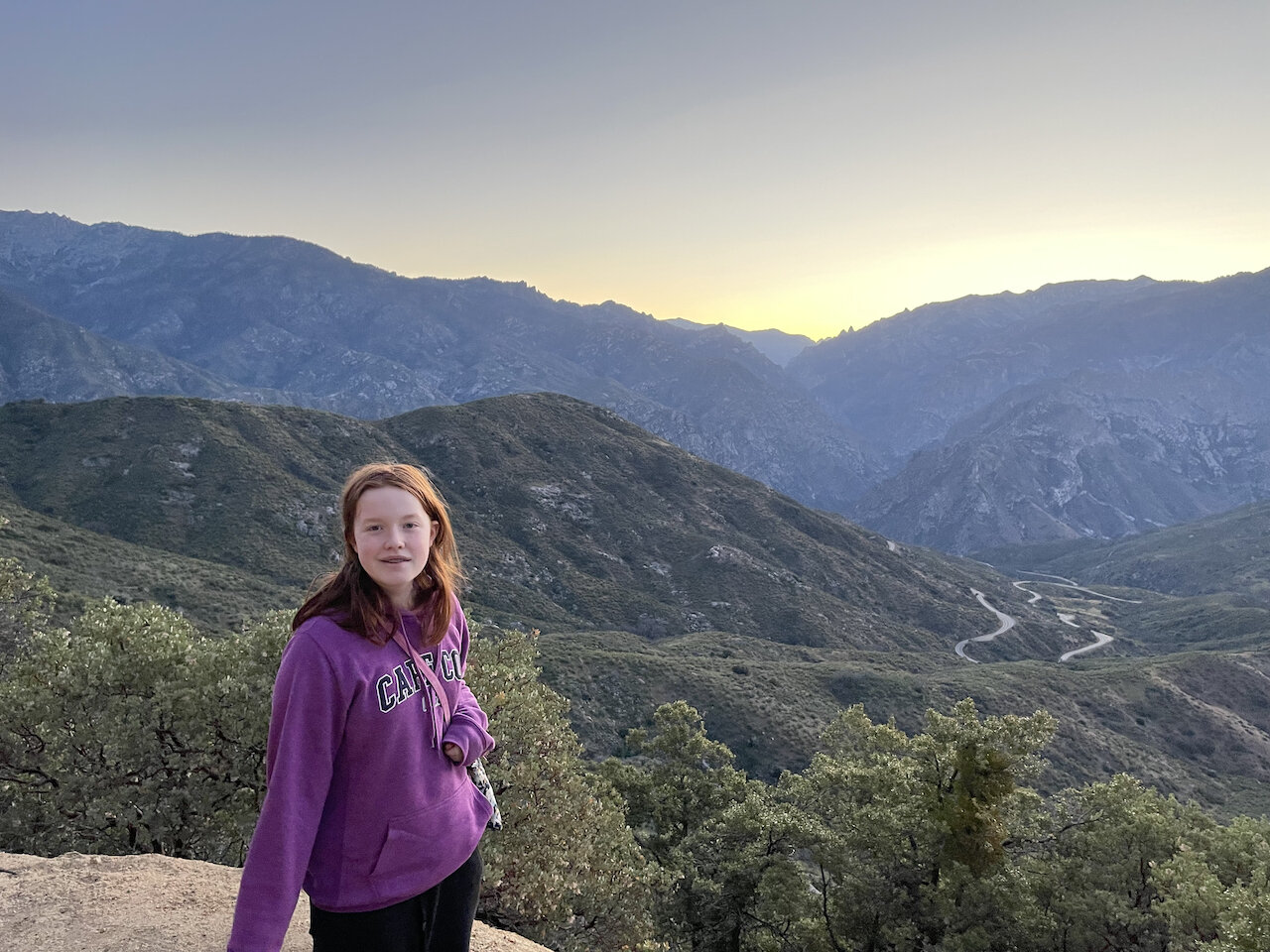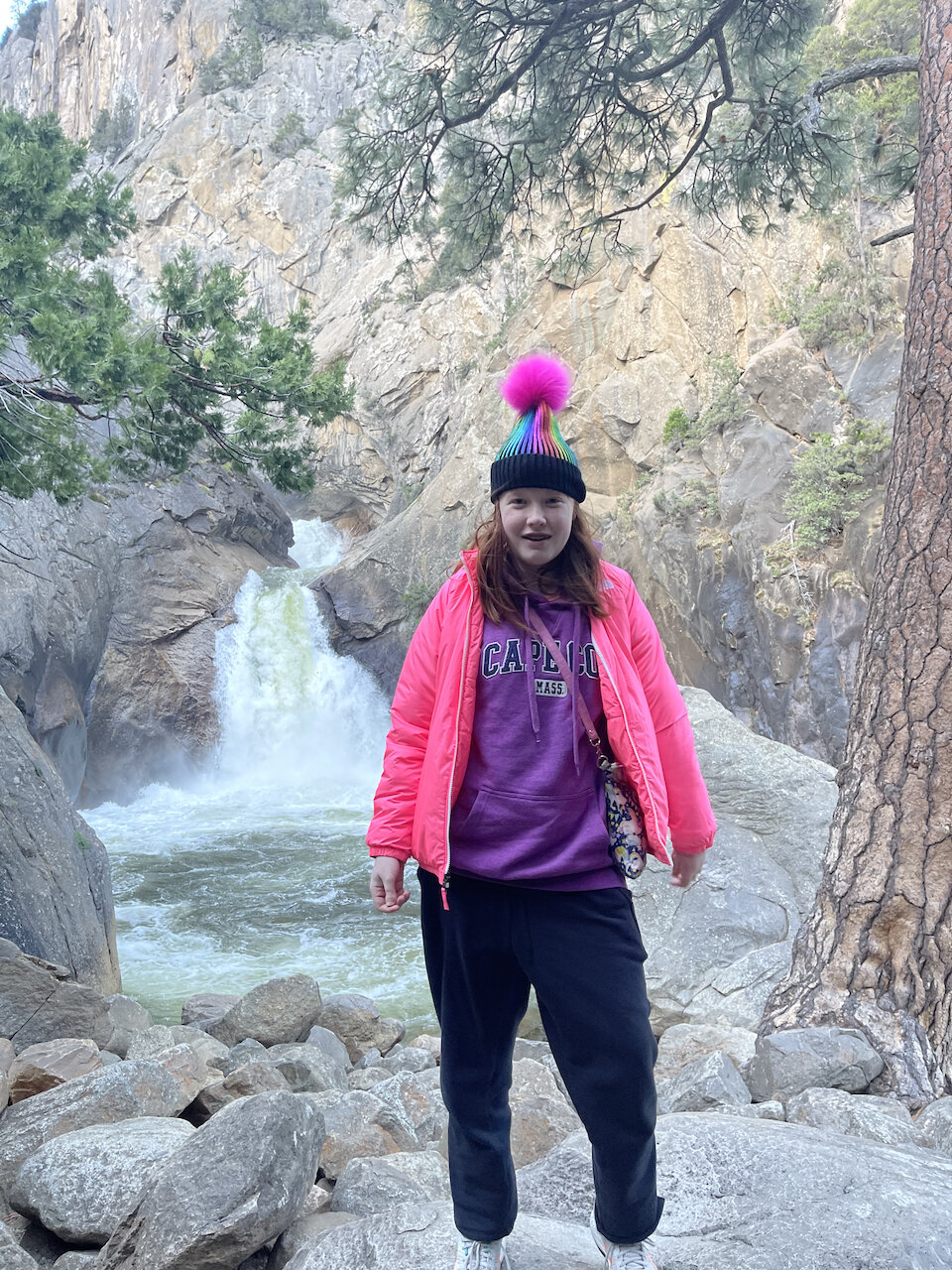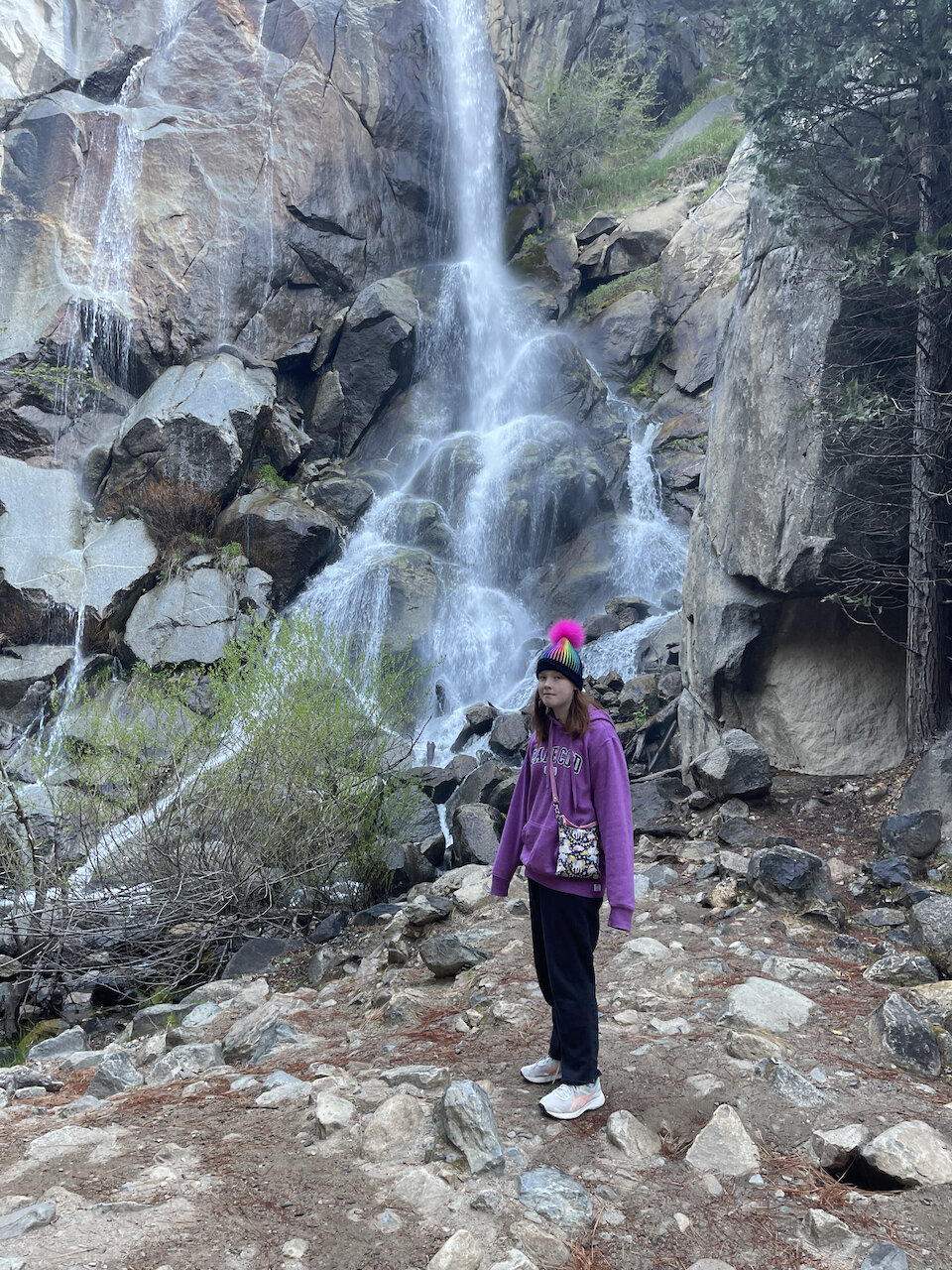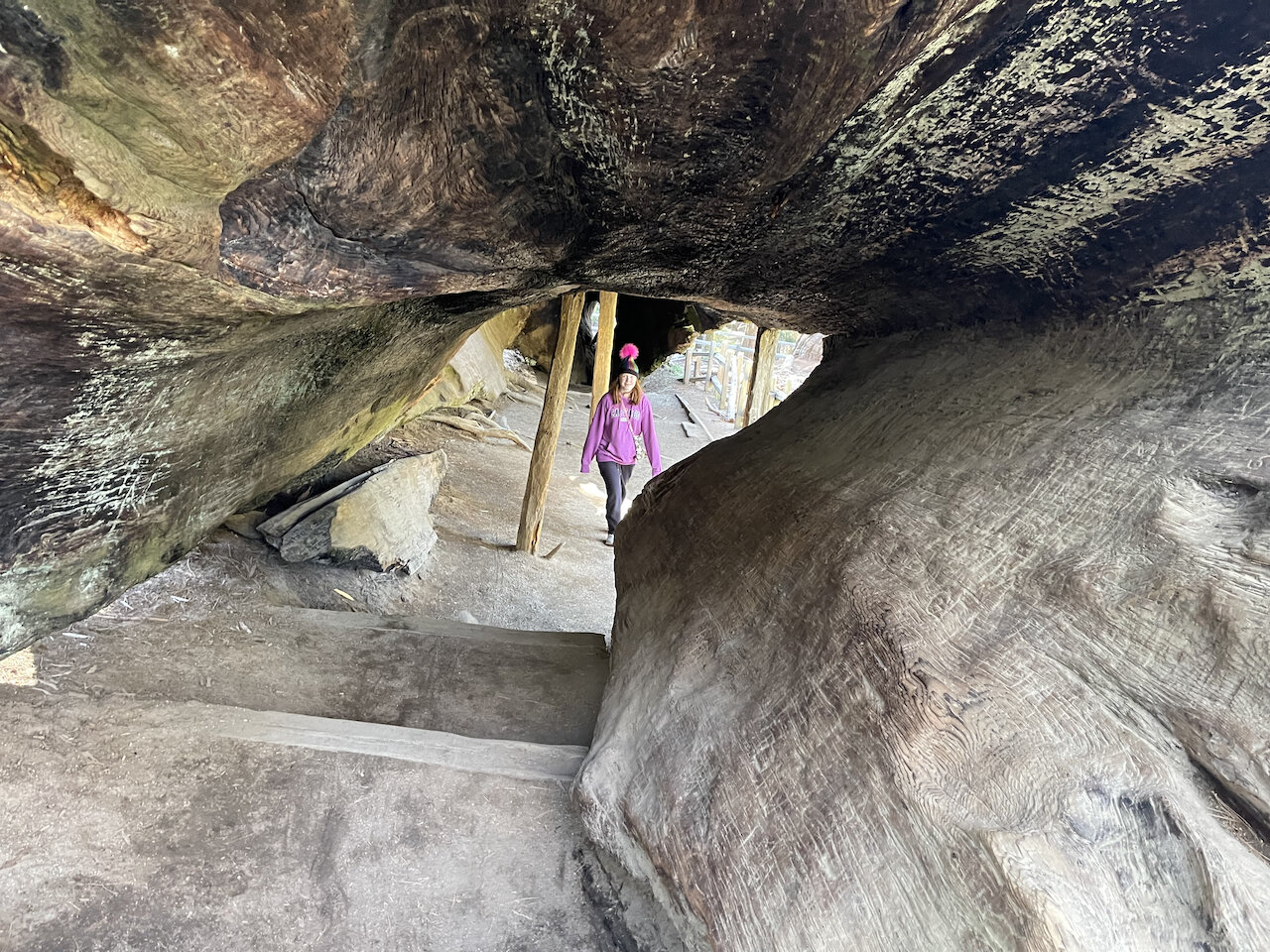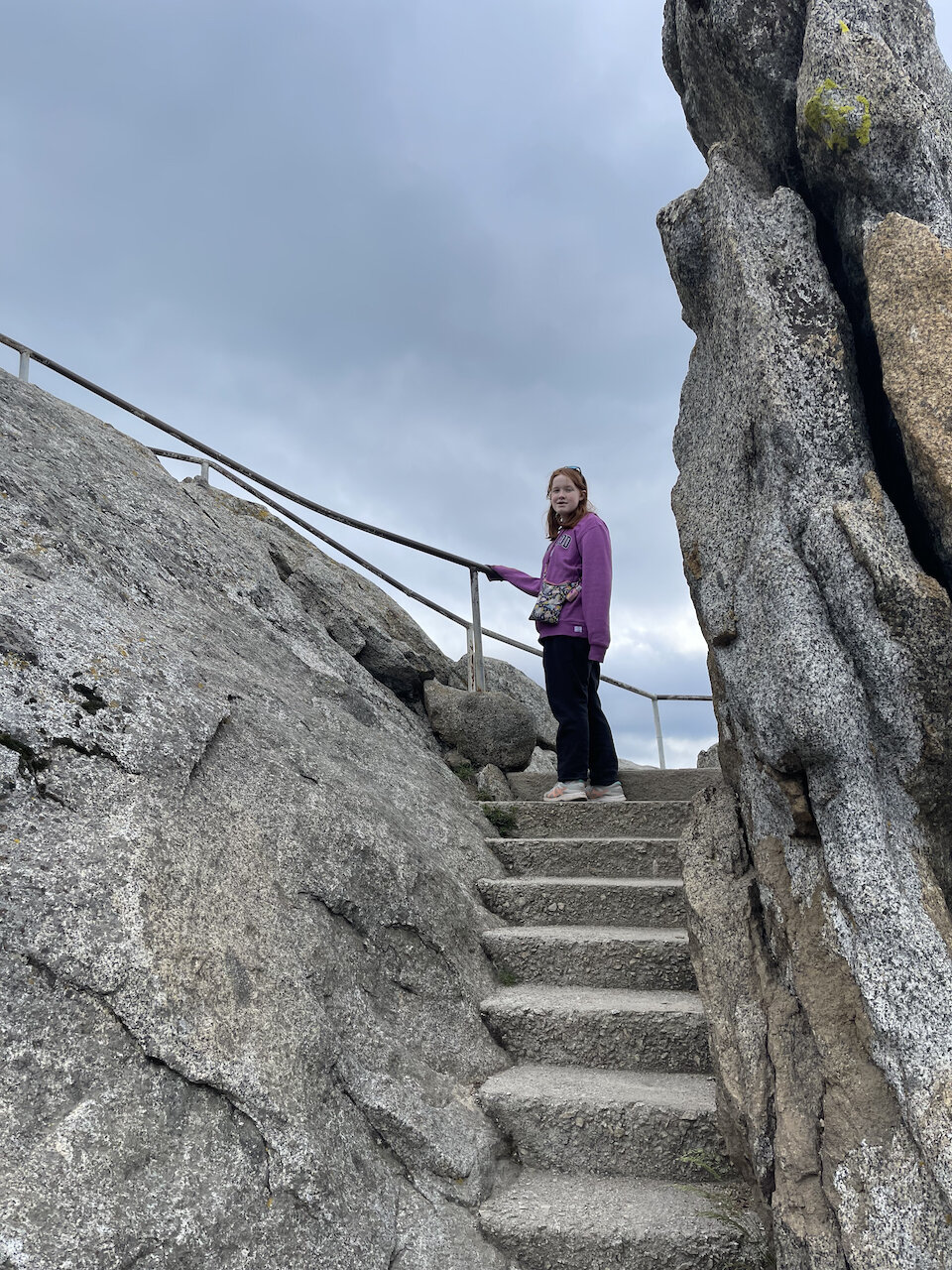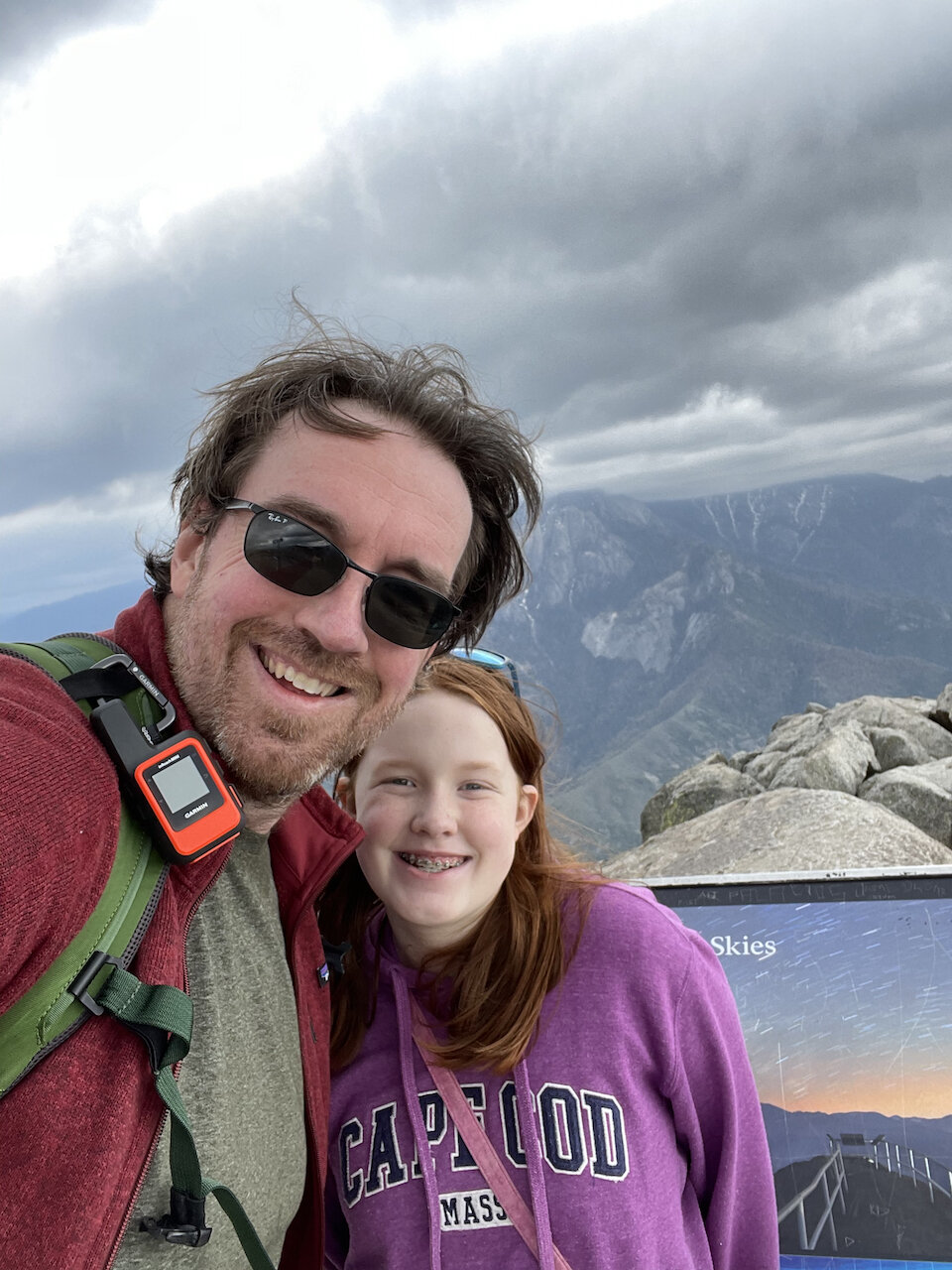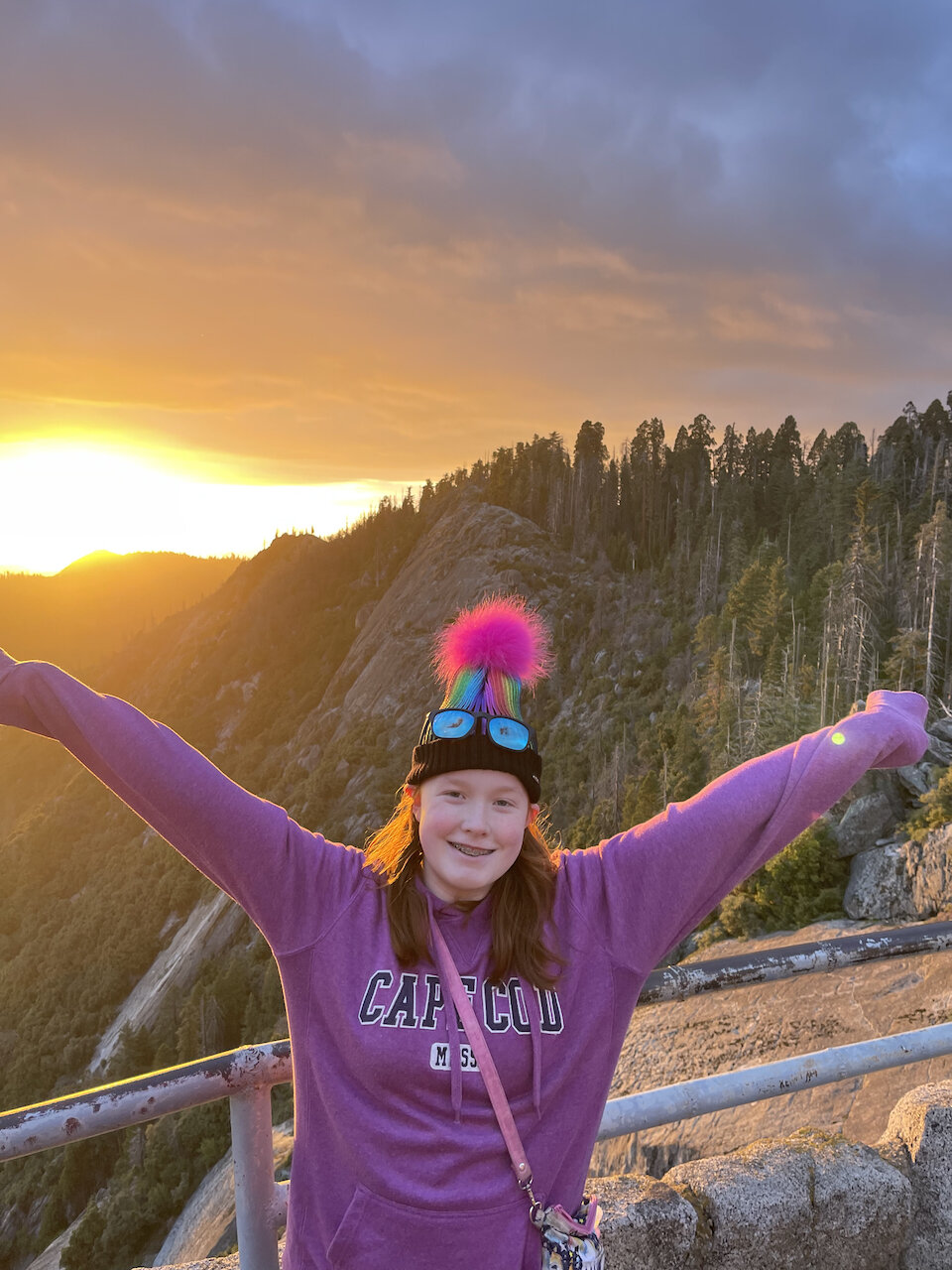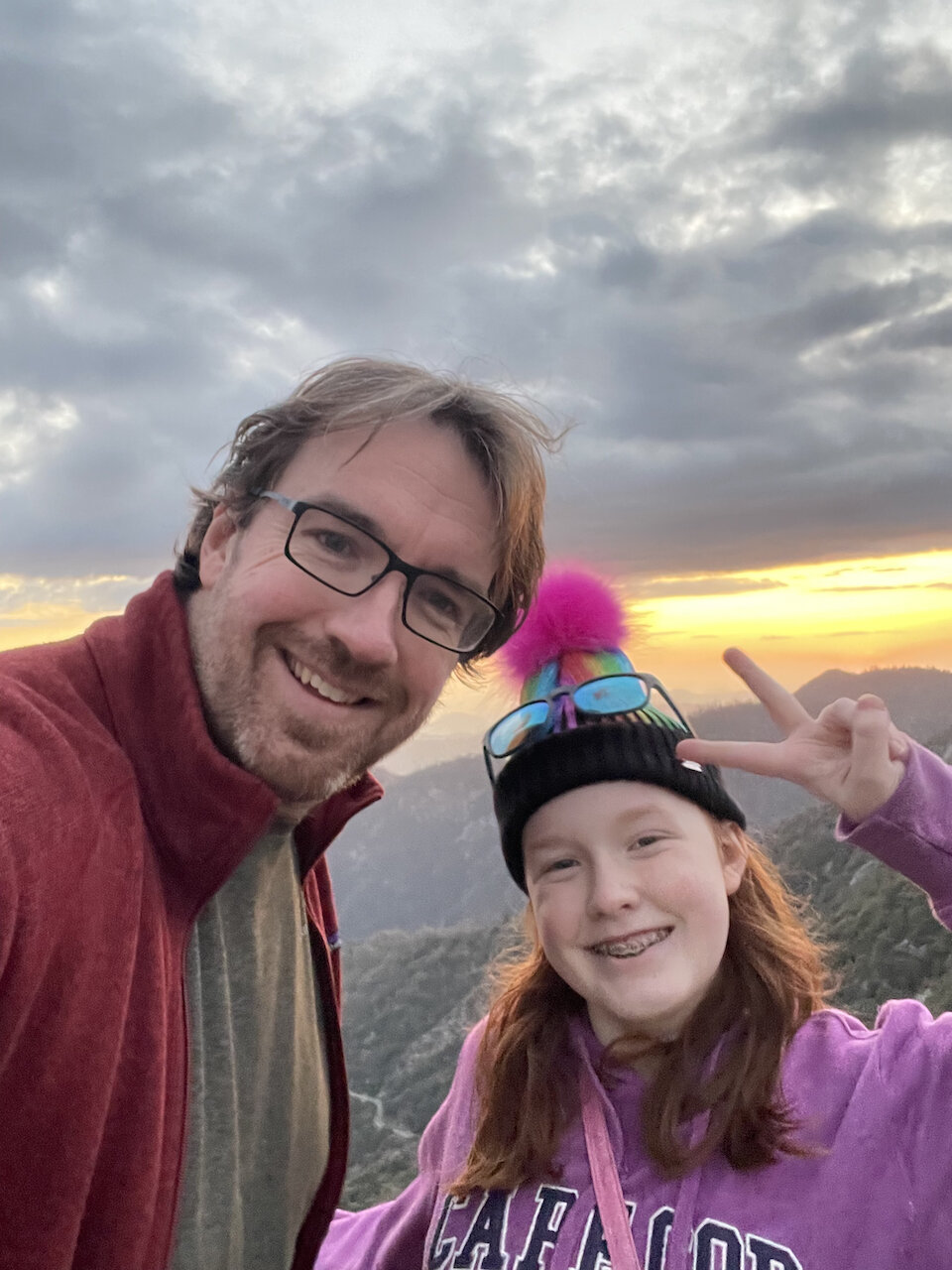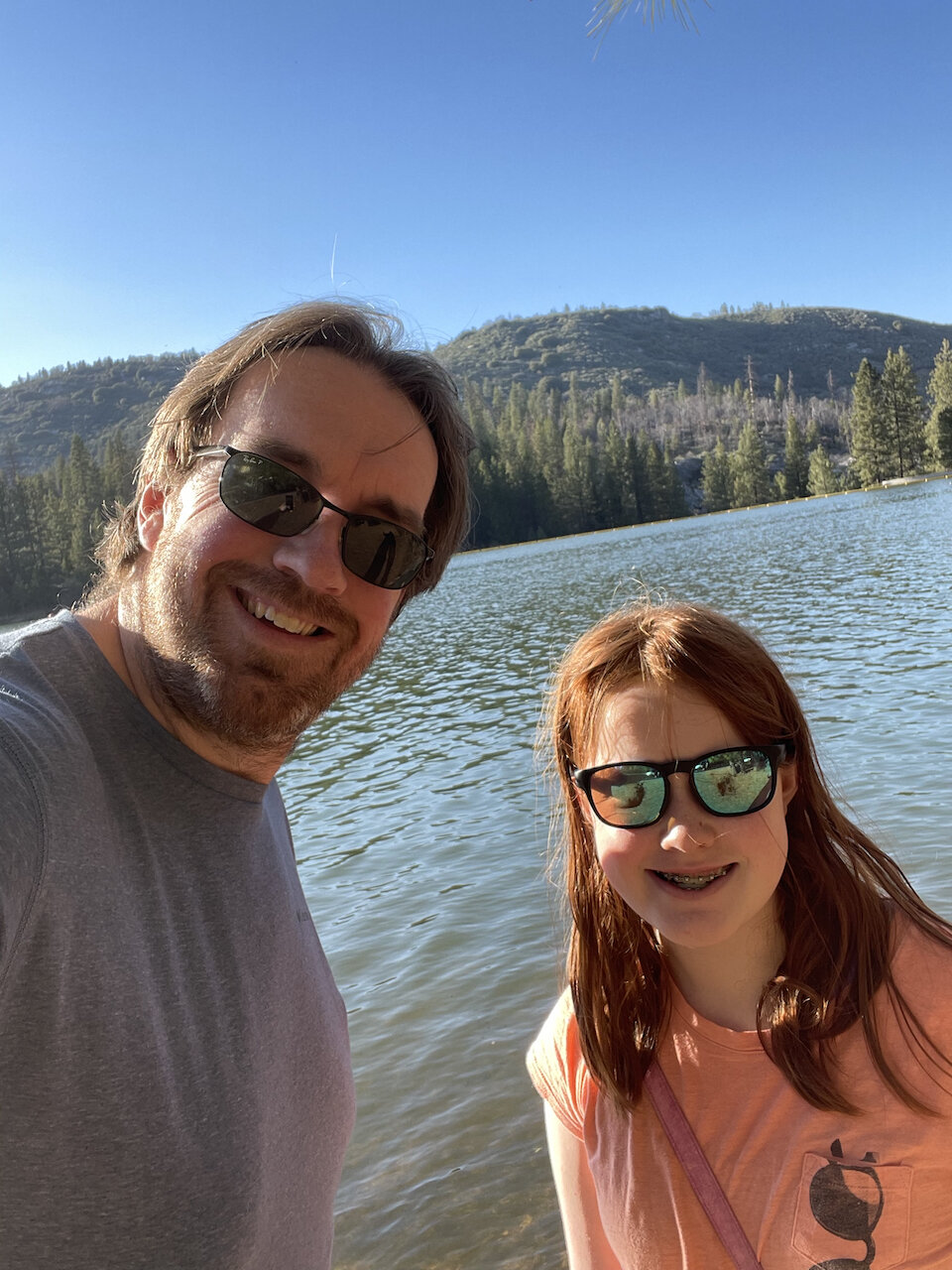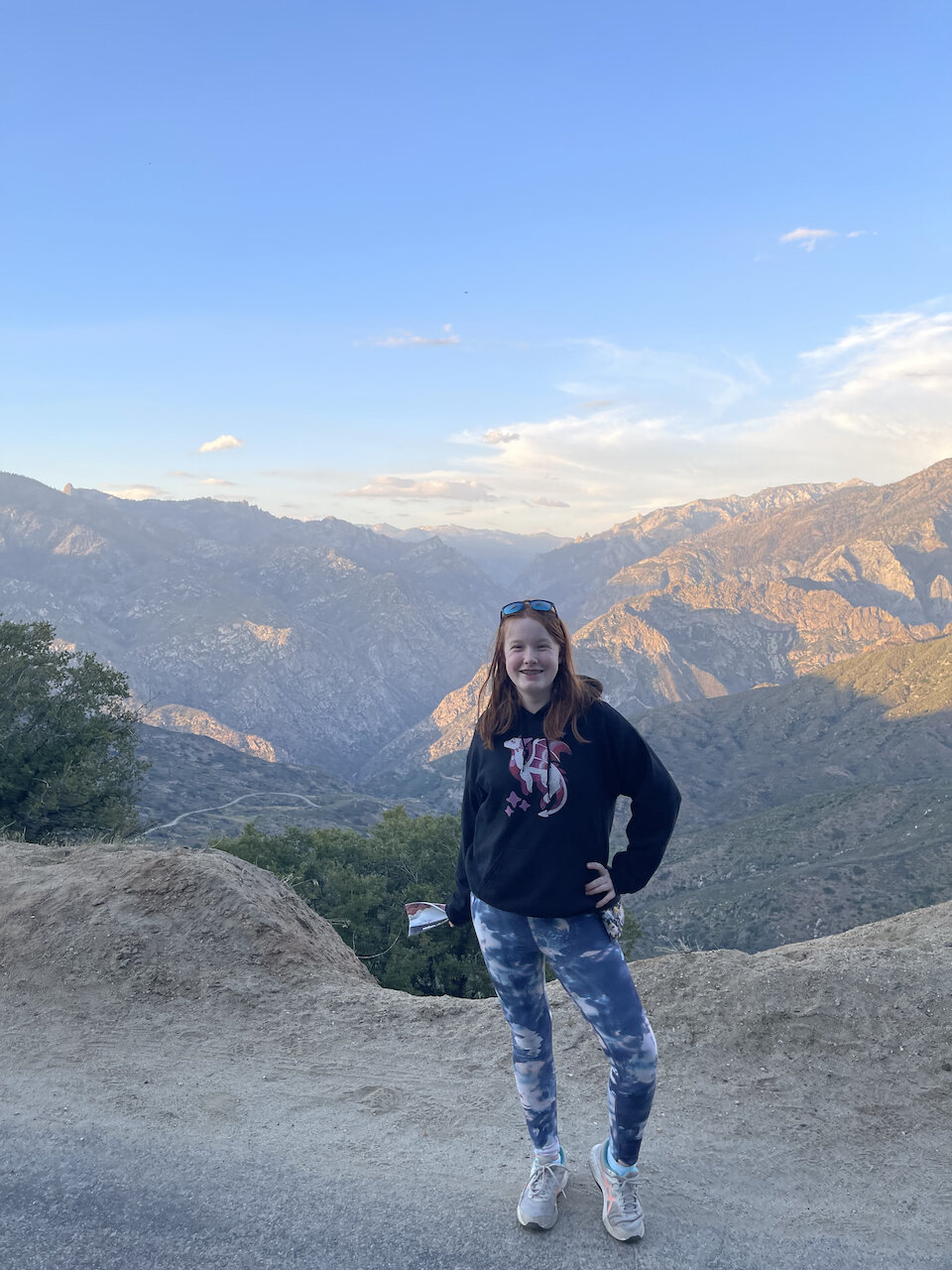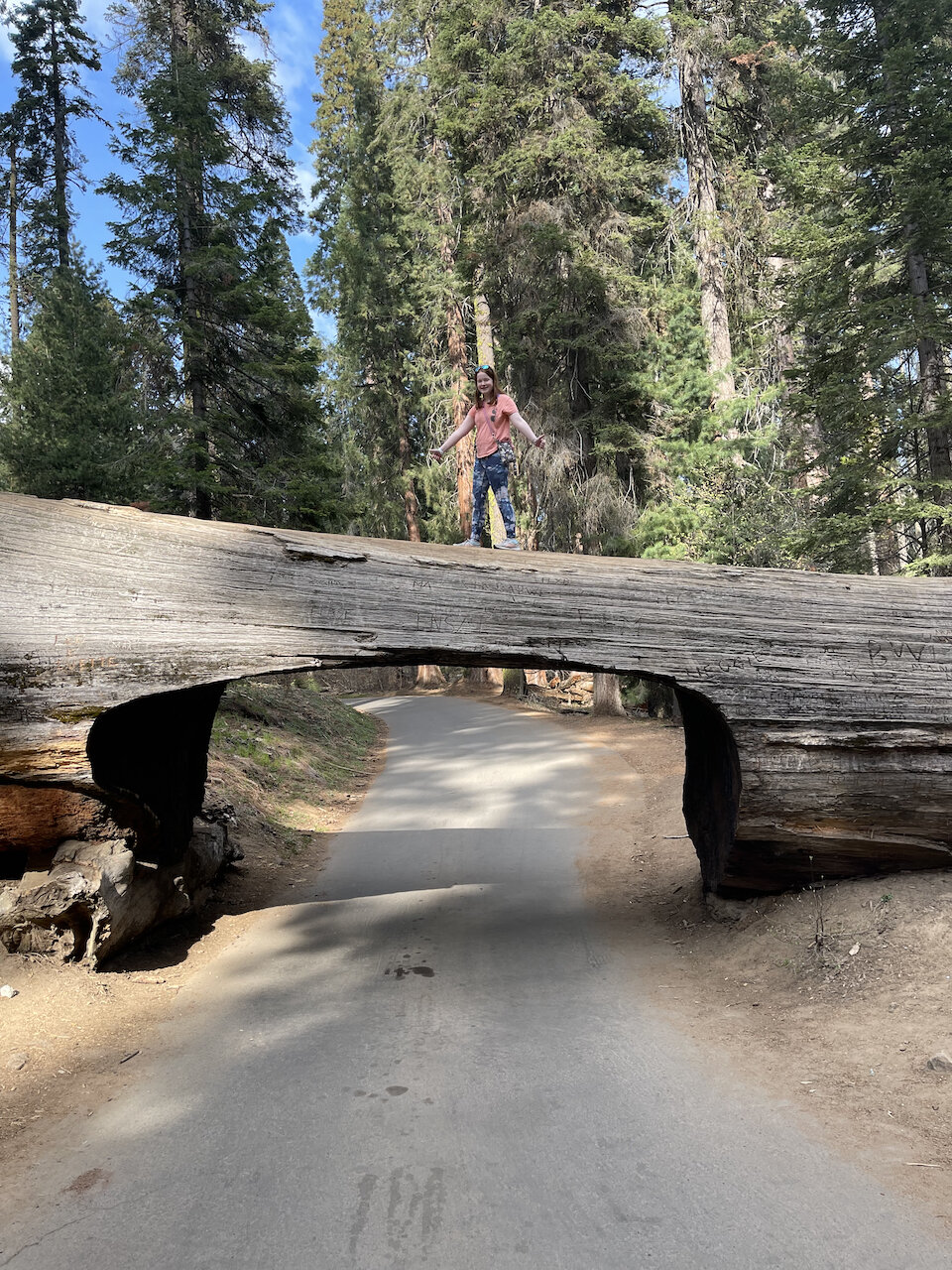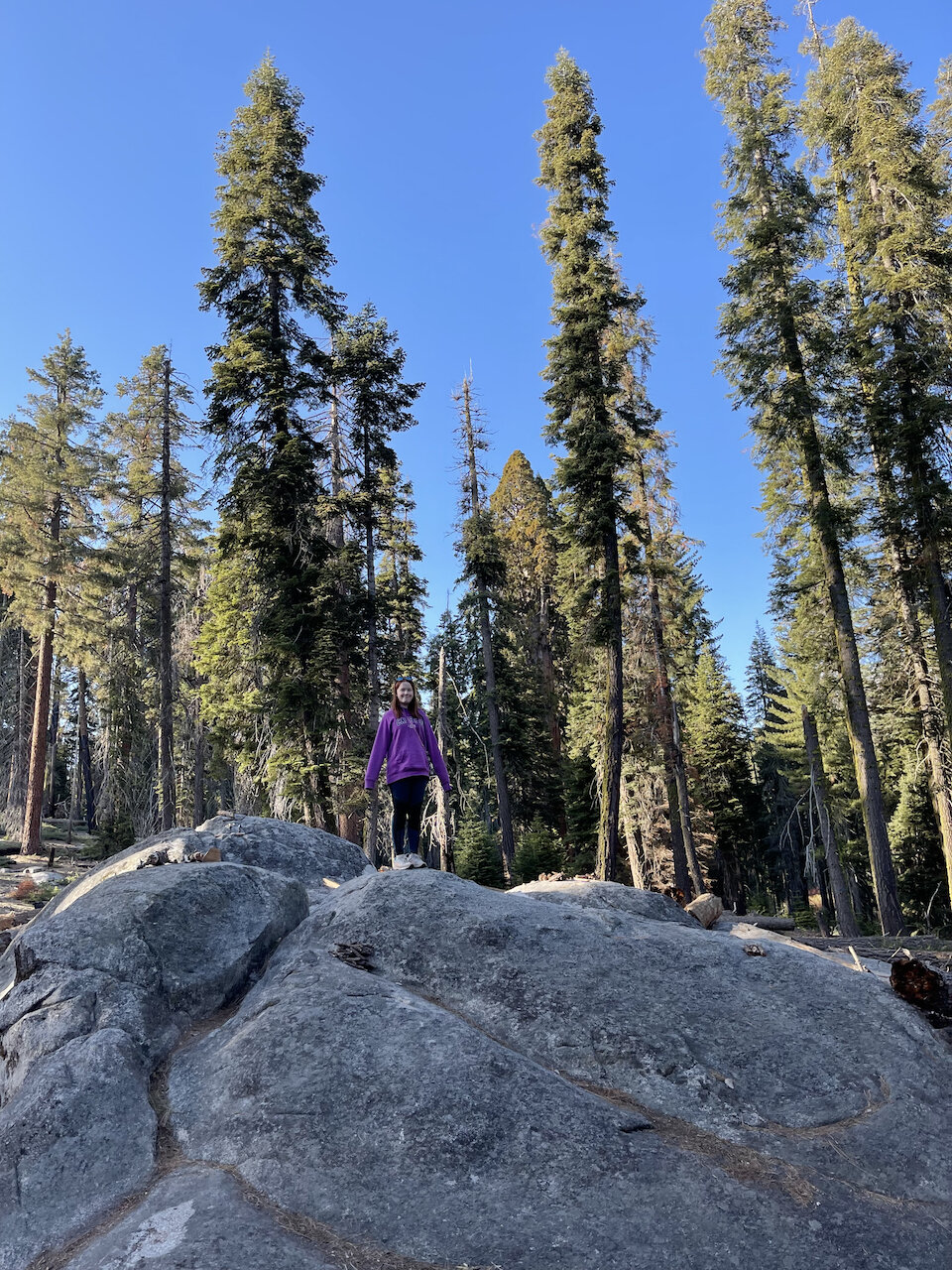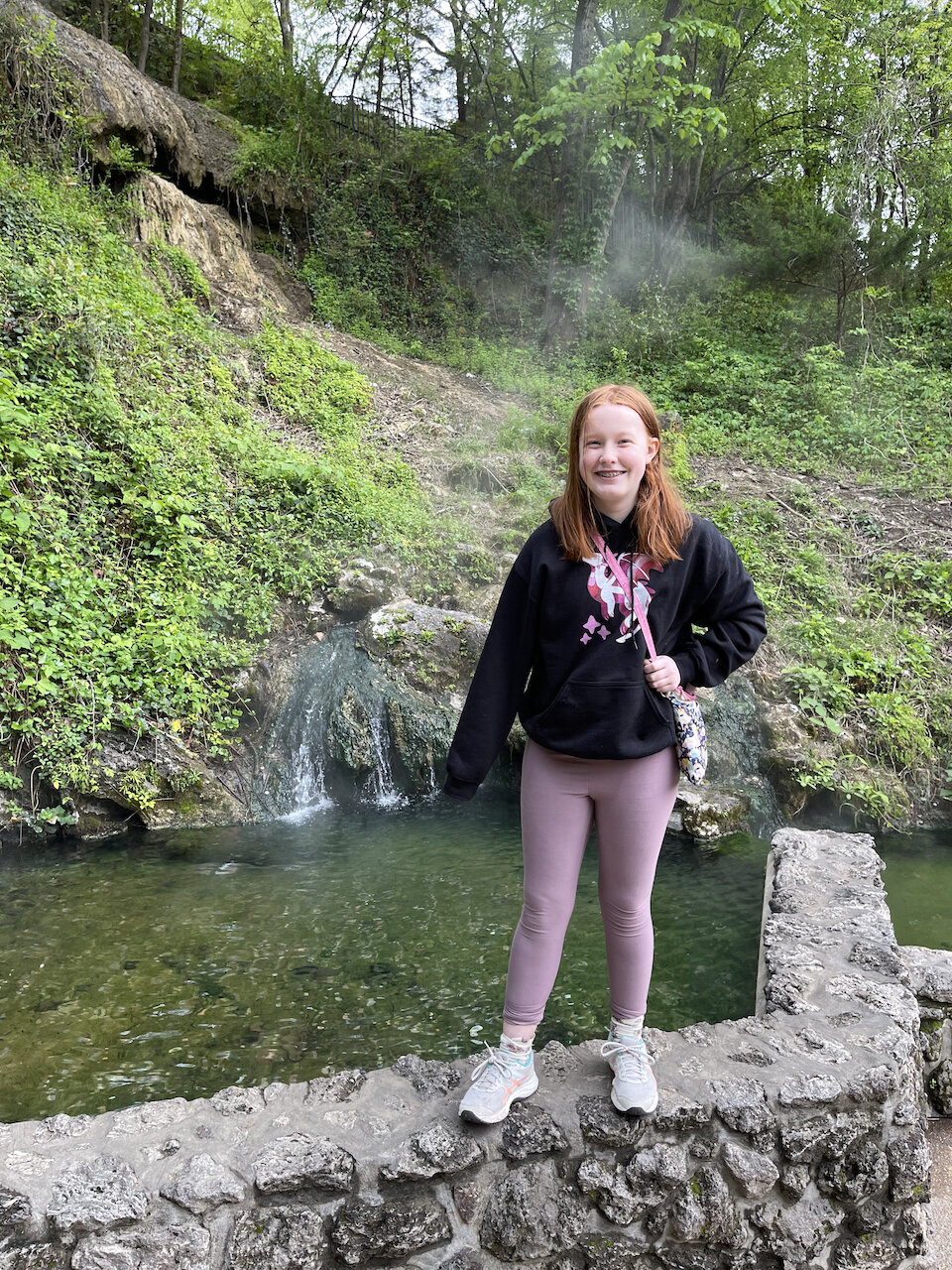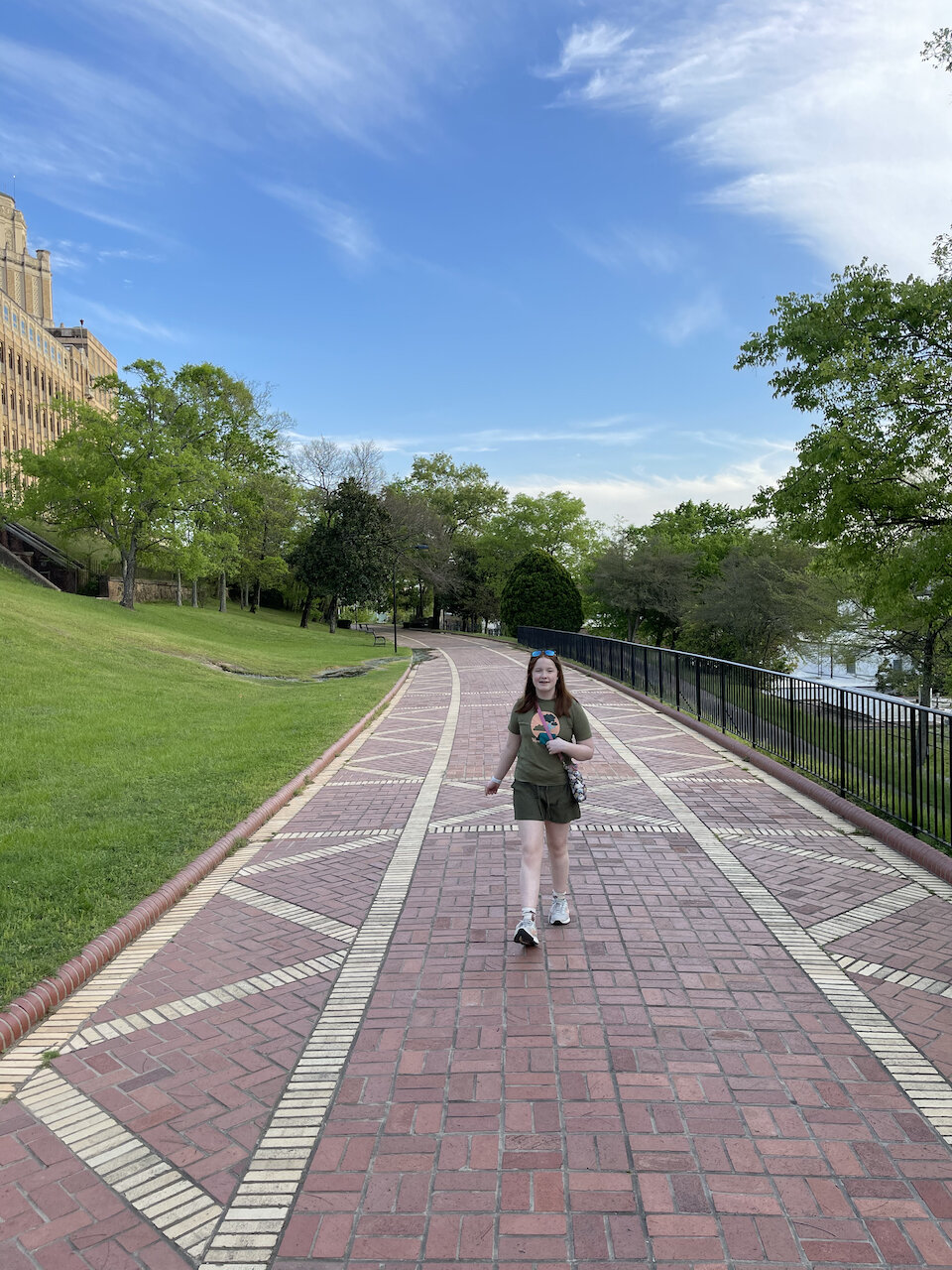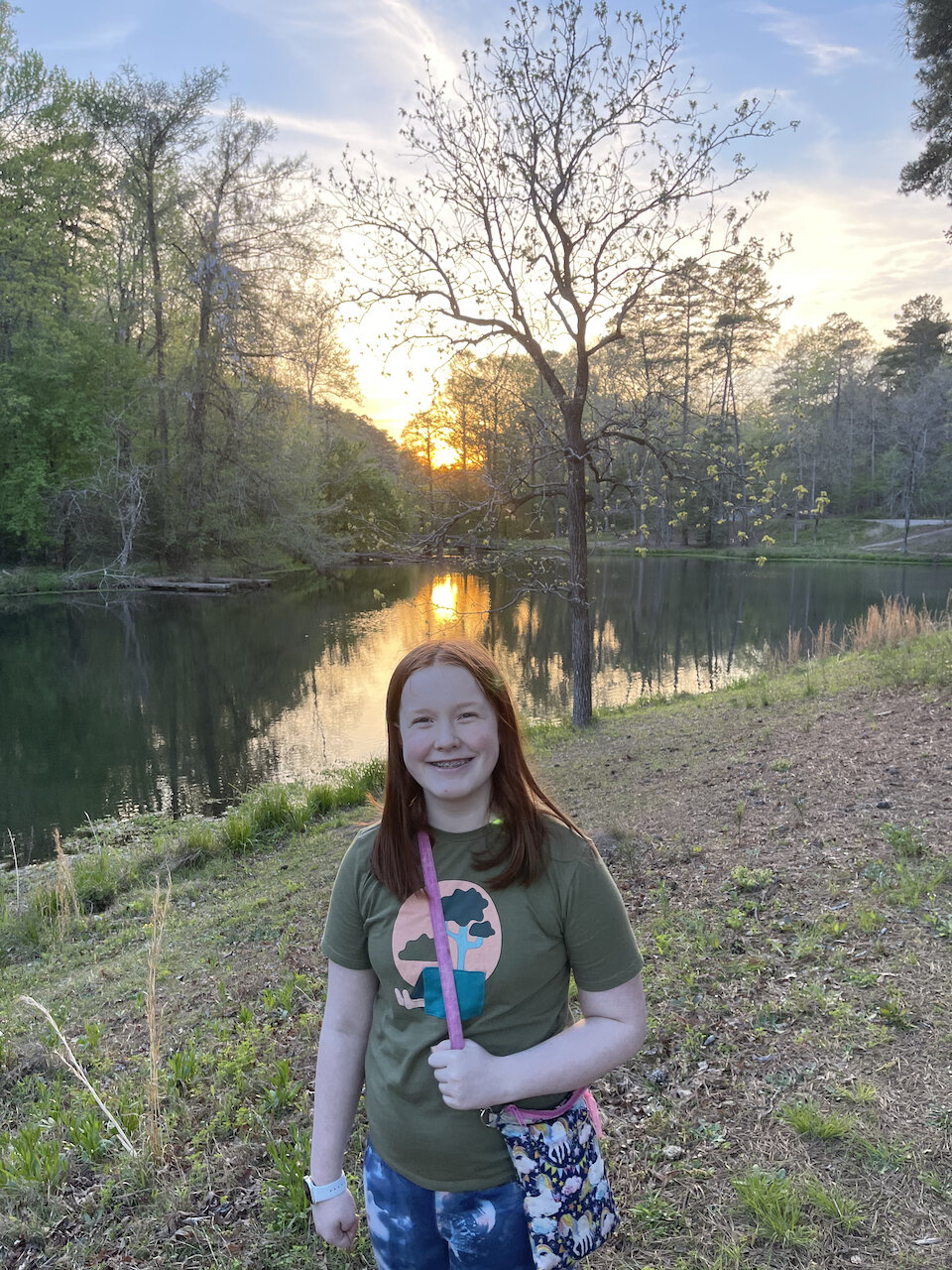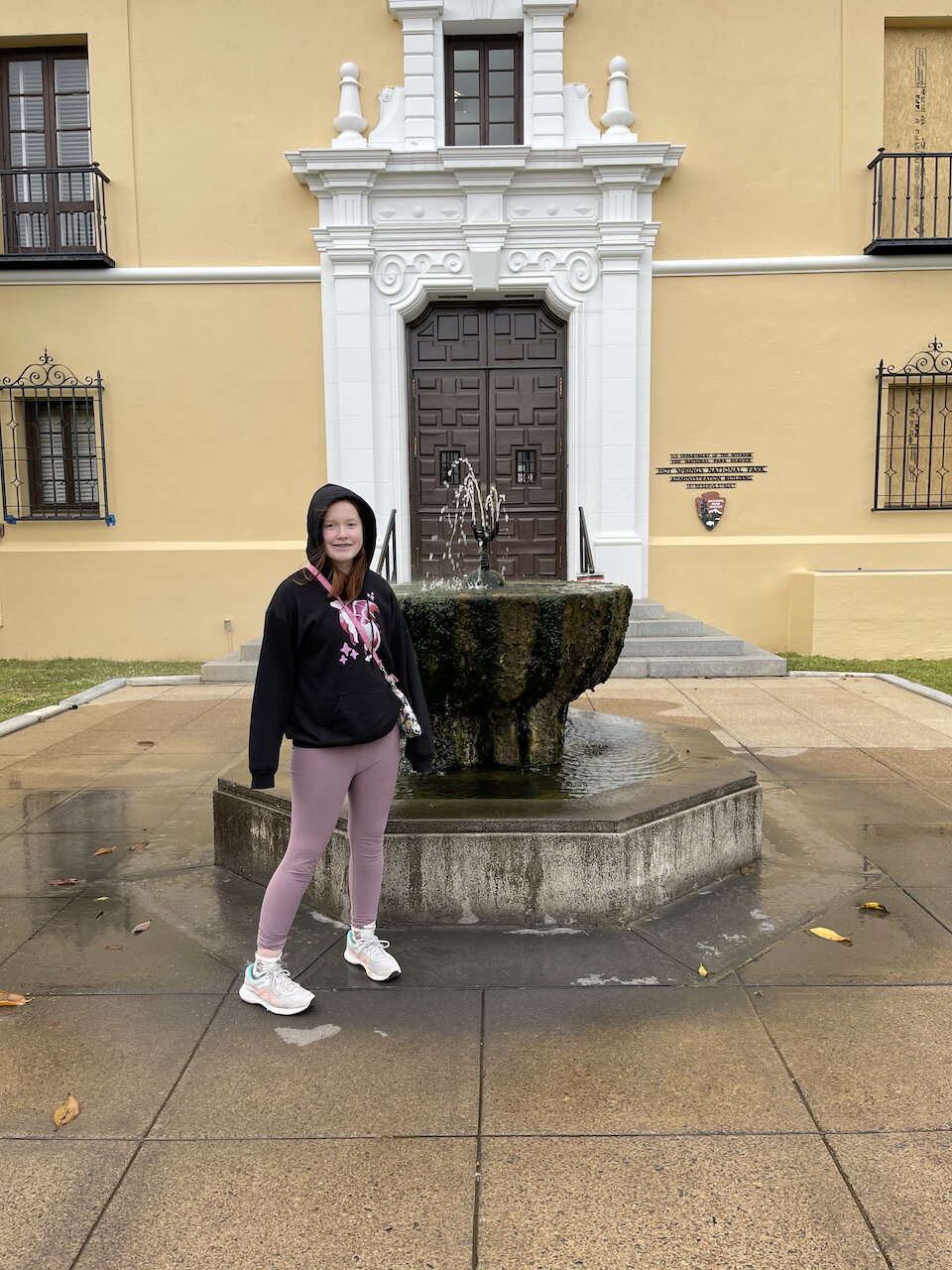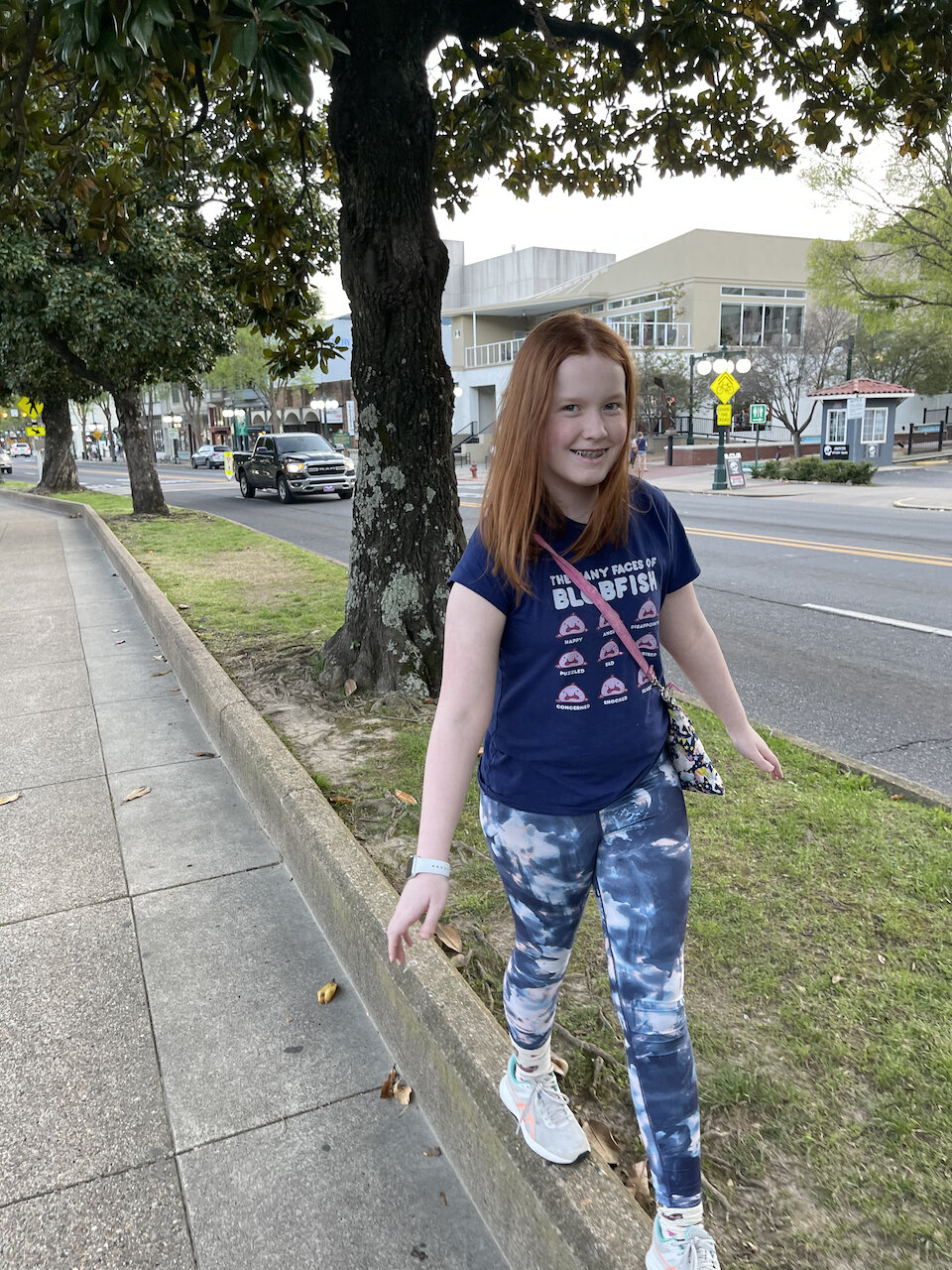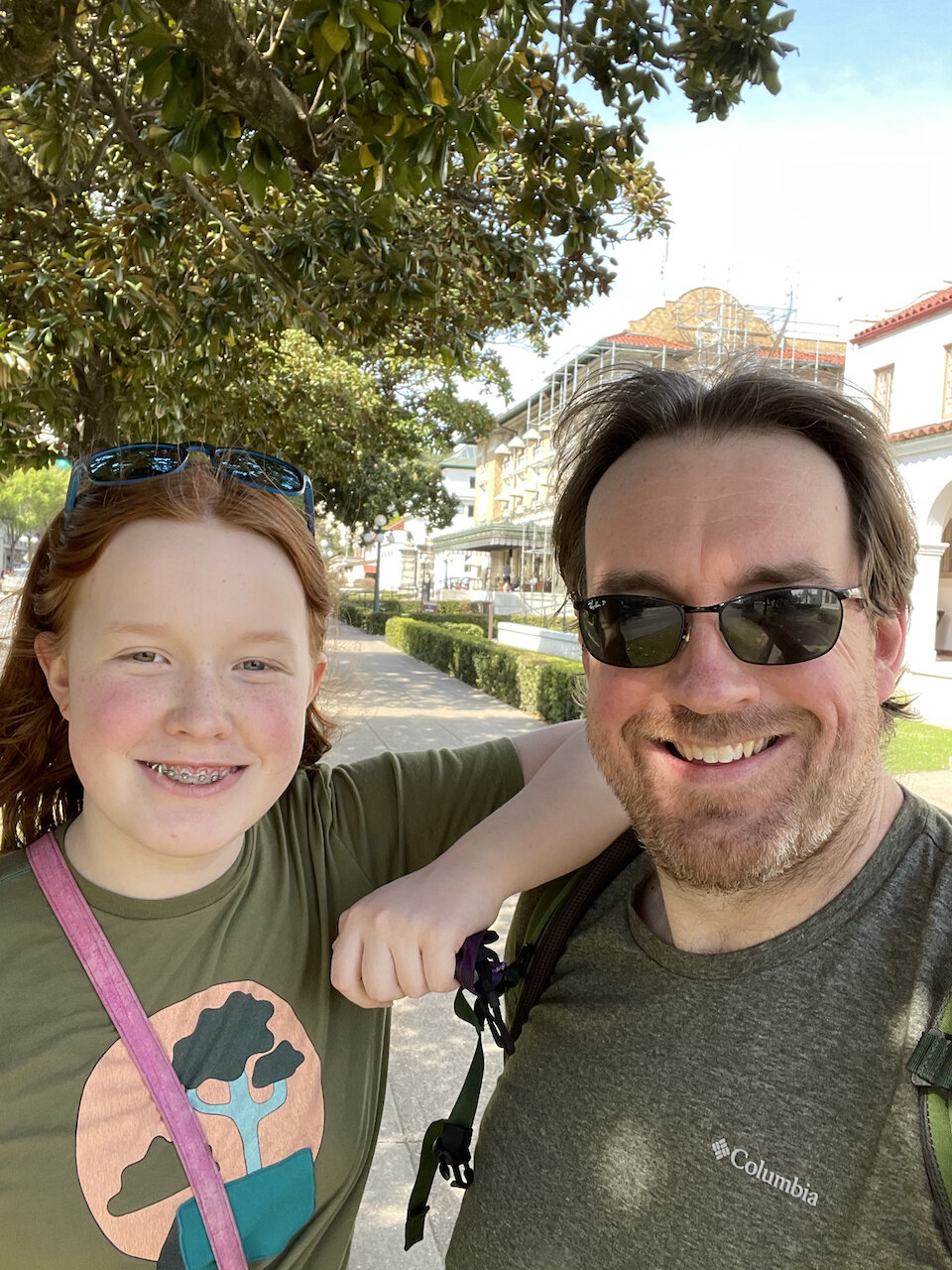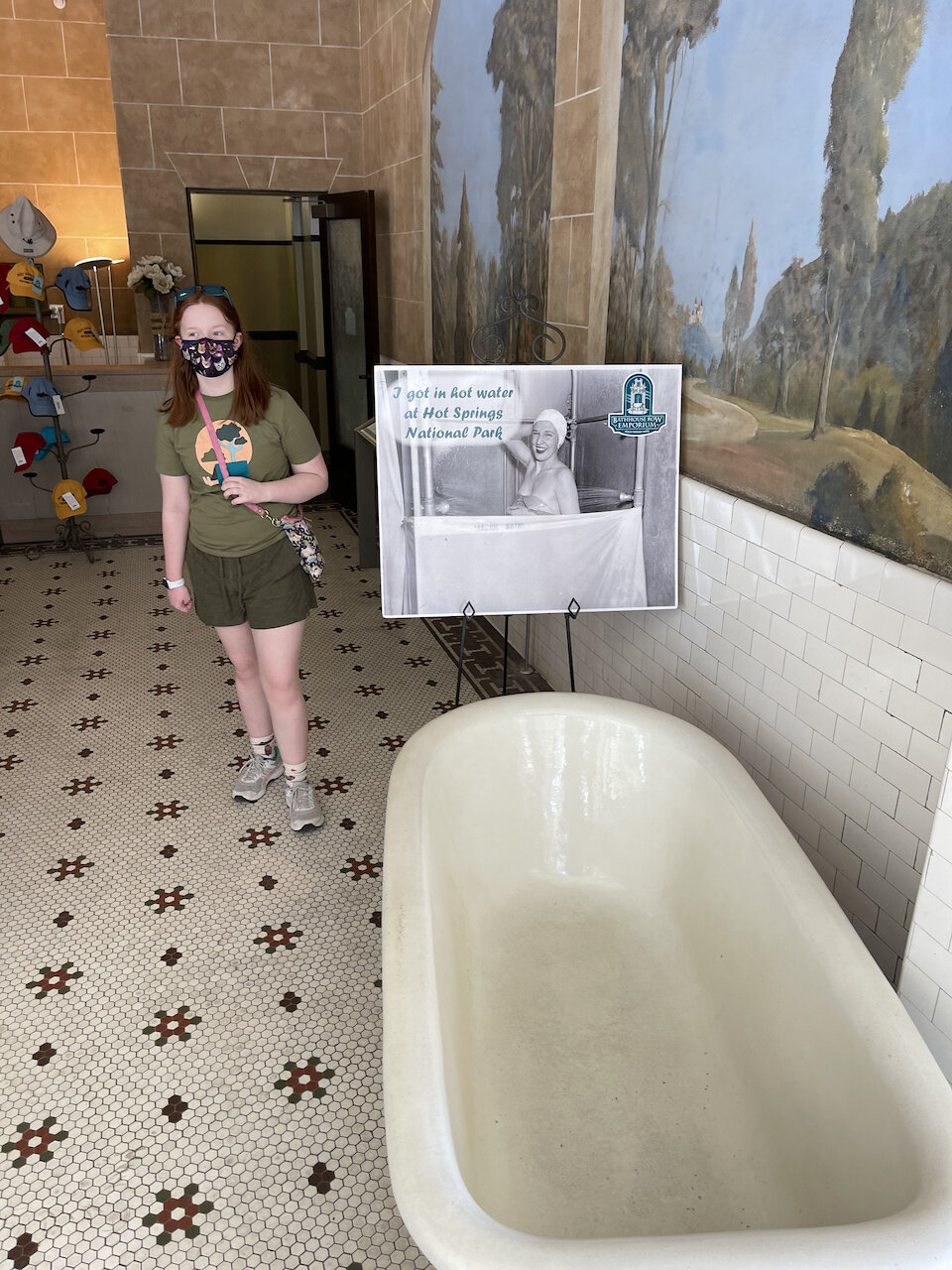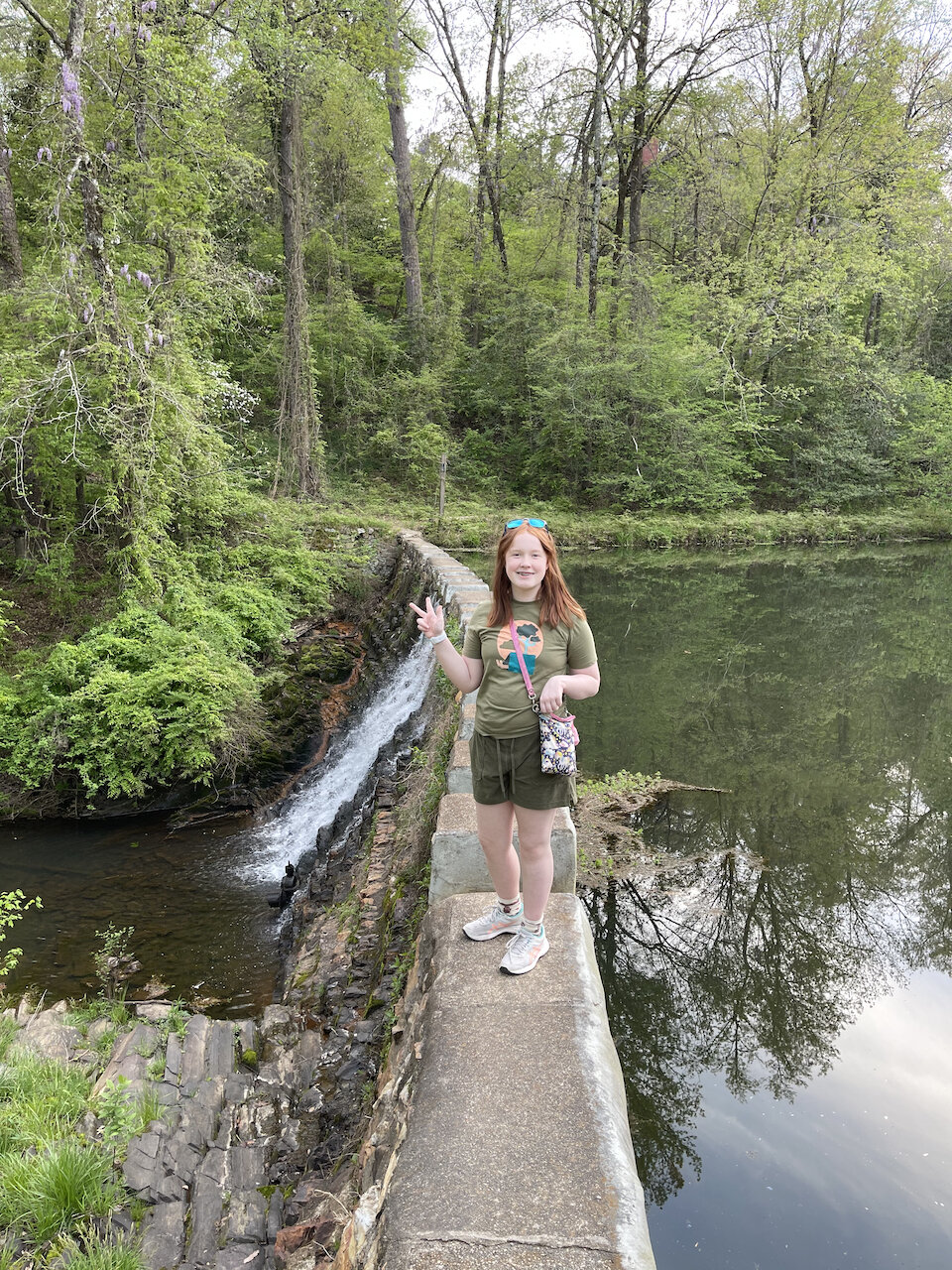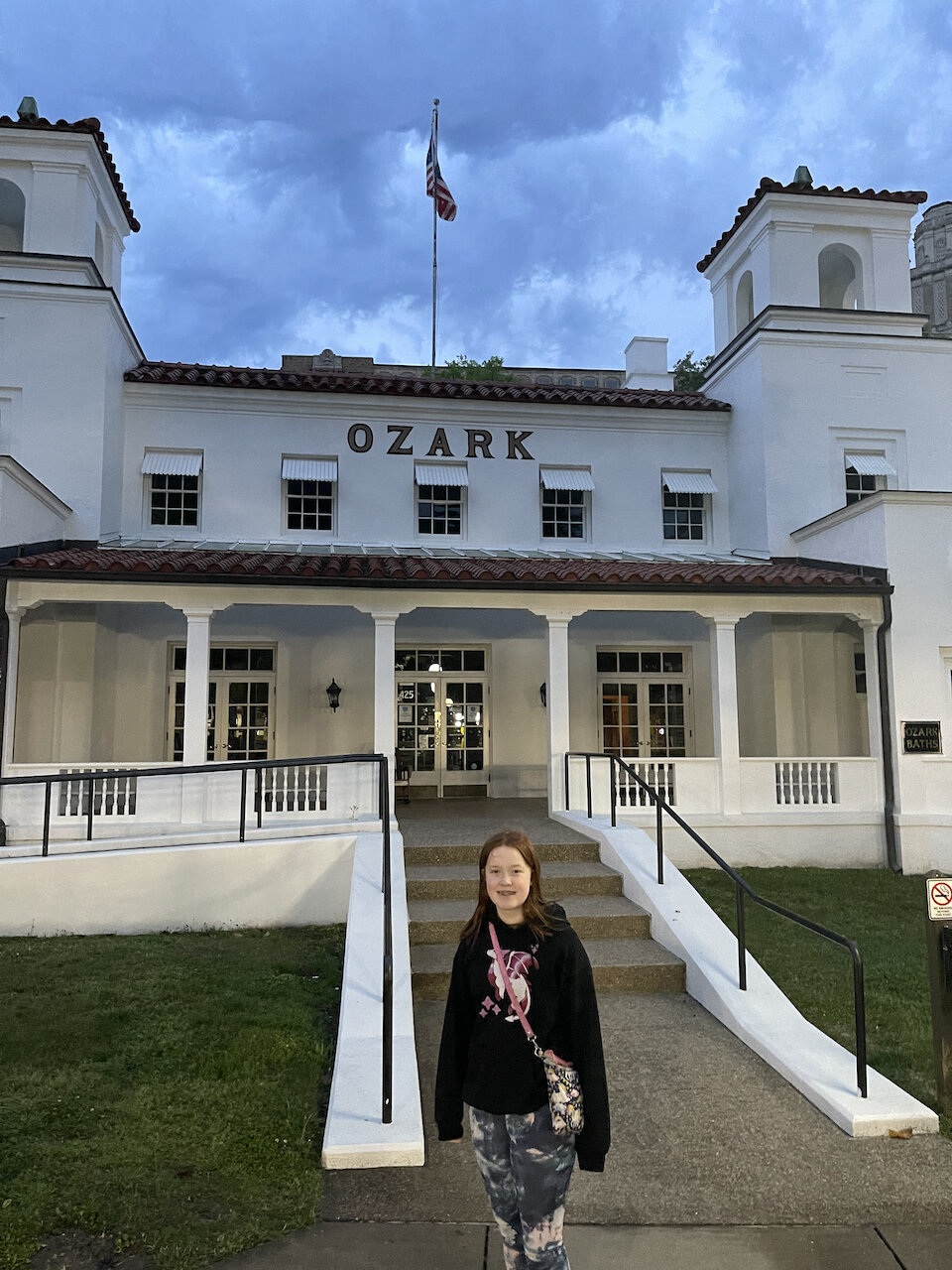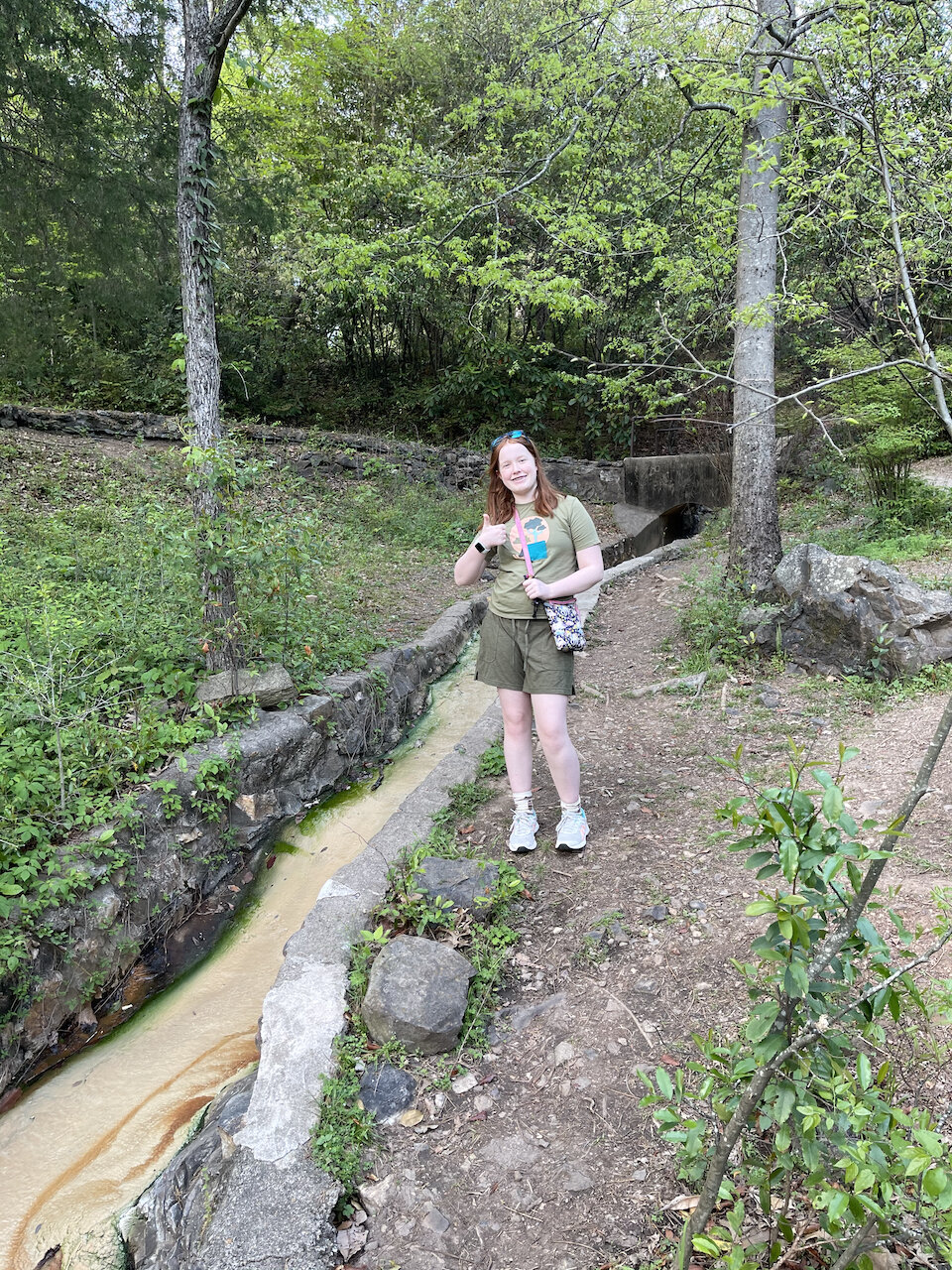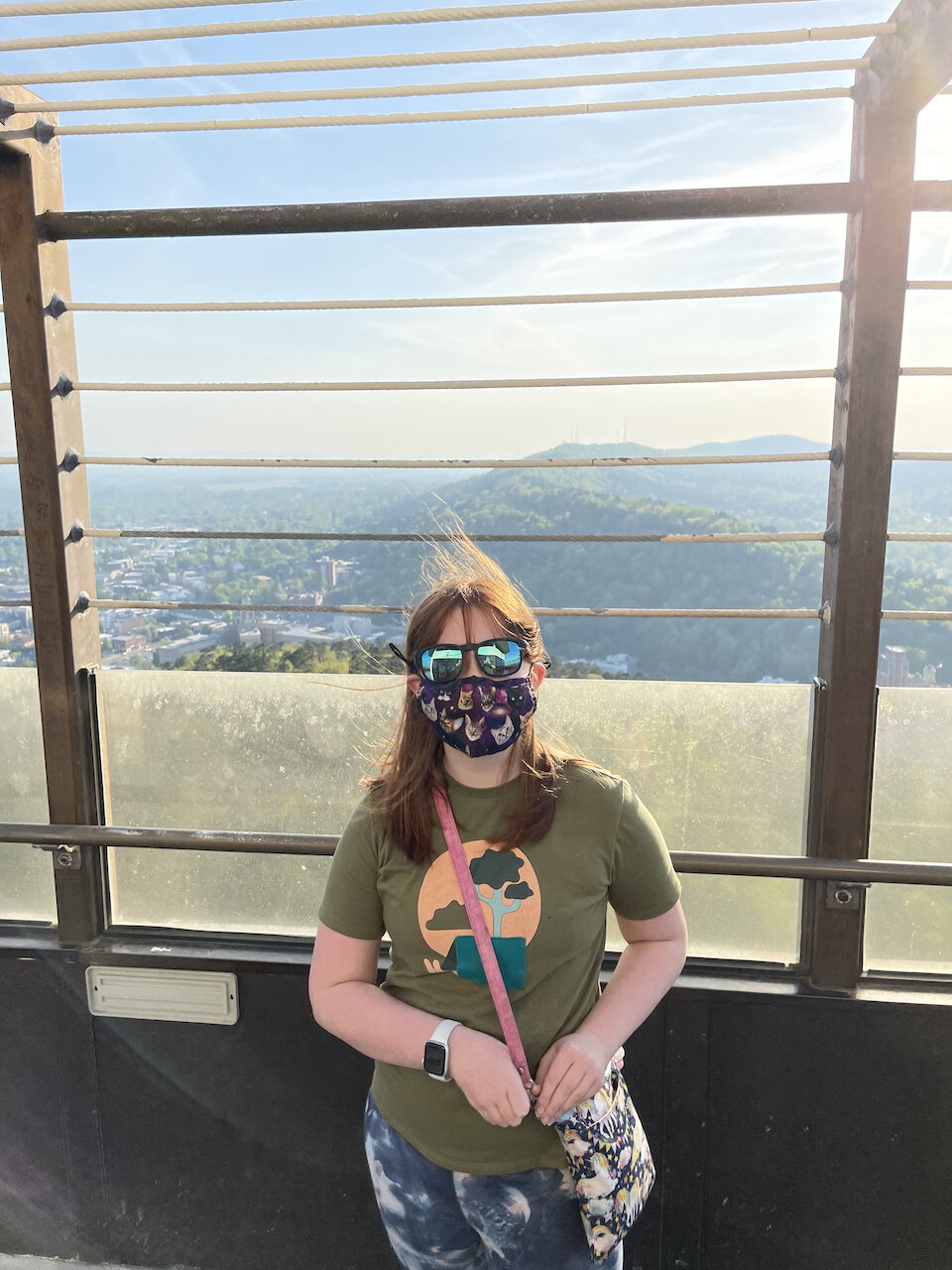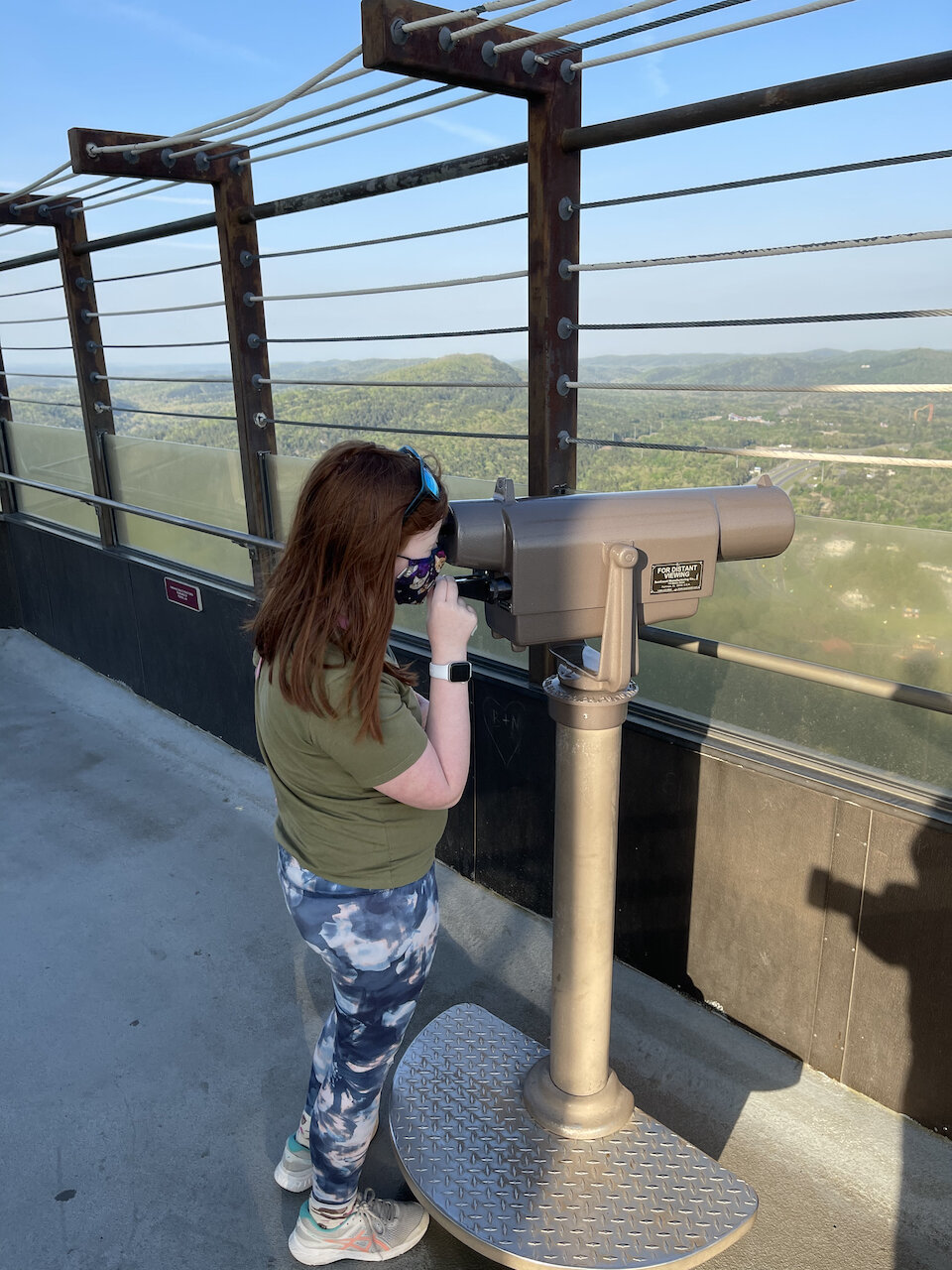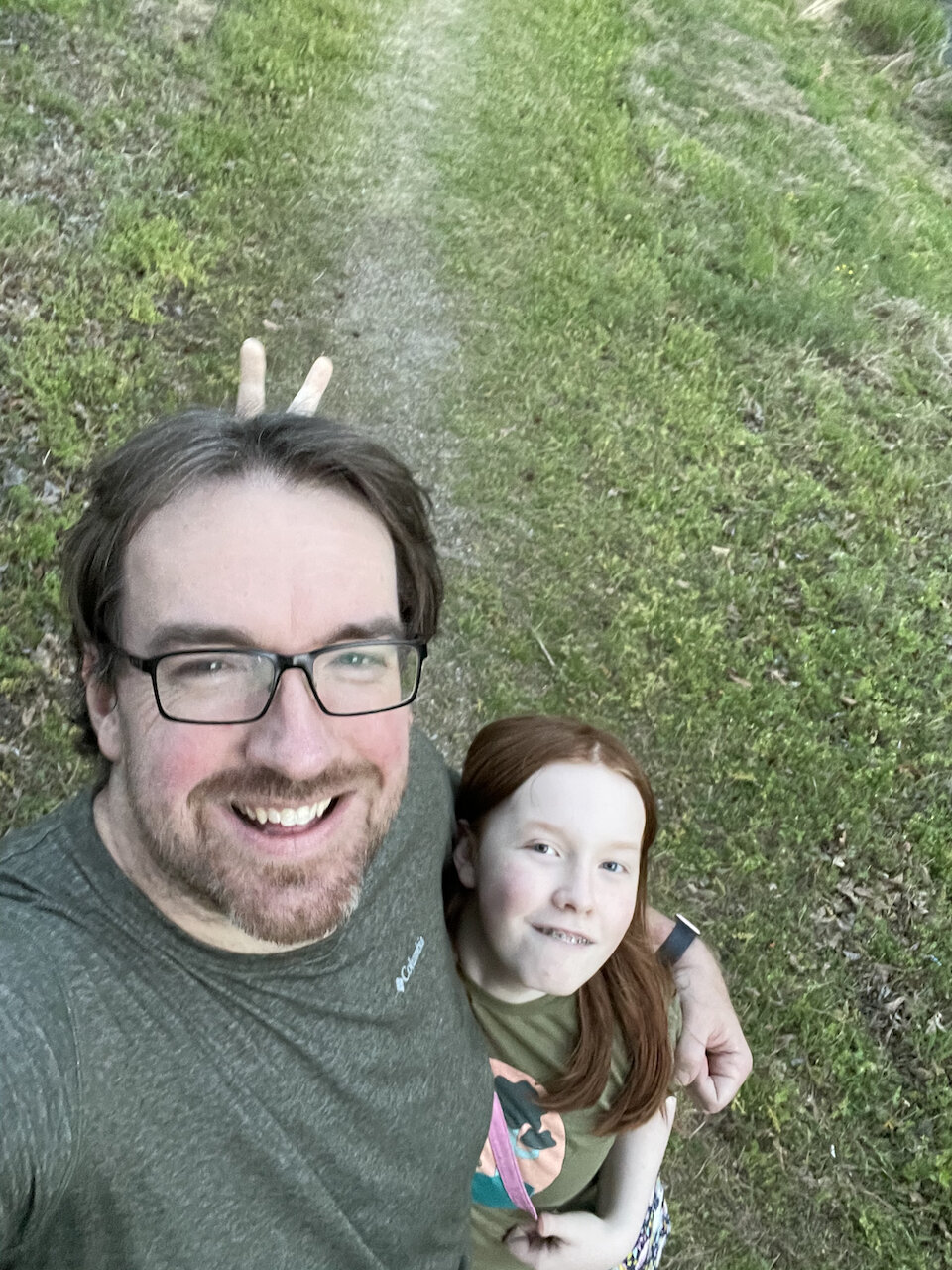In late August 2021 we took our annual family vacation, this time to the Eastern Sierra. This was a bit different than in years past where we have focused on one or two parks. I had been to the Eastern Sierras years ago (too many to count) and wanted to share that experience with my family. It was also one of the few western places that was (sadly) not on fire. Even though there was no direct fire, there was plenty of smoke from the numerous fires that were burning in northern California.
We flew into LA only because it was the most cost effective option. It was sort of a long drive to get all the way to rt395 and the eastern Sierra. On the other hand it's only slightly faster to drive from Las Vegas and it was more than twice the price. We stayed in Mammoth Lakes California, almost in the middle of all the things that we wanted to see. It’s a really fun, active town. In the winter it's a full on ski town, but in the summer it's full of hikers, mountain bikers and other people looking for outdoor adventure. There are many cool local places to eat, drink and shop. There was also live music downtown every night that we could experience from the balcony of our hotel room.
We stayed at the Westin right in the middle of downtown. It was really almost too nice of an experience as now the bar is set REALLY high for whatever we do for a vacation next year. That said, if you're heading to the area I can’t recommend The Westin Monache Resort strongly enough.
So what is there to do in this place? The answer is lots and everything.
Mono Lake is the first answer. A 760,000 year old, saline soda lake in the Great Basin. We came to this lake two different mornings for sunrise. The lake is known for its Tufa Towers - columns of limestone that rise above the surface of Mono Lake. It does make the lake look like it's from another world. There are wonderful hiking trails all around the lake, so we would explore the area and enjoy the views of the lake with the high Sierra in the background. A bonus for Mono Lake is the vibrant bird life. The lake is chock full of brine shrimp who thrive in its waters. Not to suprivingly these shrimp attract a wide variety of birds who make the lake their home for part of the year.
Mono Lake is right in Lee Vining California and the next thing to know is that in the mid-summer to early fall Tioga Pass is open. That allows you access to Yosemite National Park. Tioga Pass is the highest mountain pass in California and offers some of the best scenery of any drive in the United States. Many visitors (dare I say most) to the park spend the majority of their time in the main valley. Never venturing out to see the wonders of the high country of Yosemite.
The pass starts in Lee Vining and will bring you all the way to Yosemite Valley. It was first known as the Great Sierra Wagon Road built in the 1880s to move ore in and out of the Great Sierra Mine on Tioga Hill. The road was donated to the park in 1915 and was open to the public under the name Tioga Road. Due to its high elevation it receives a lot of snowfall
in the winter and is closed for the season. It opens sometime in the mid summer depending on how long it takes to remove all the snow and make repairs as needed.
The road leads you through all manner of natural wonders. From massive open meadows full of streams and wildlife. To small dome mountains that make for an easy hike, to massive snow capped peaks and wonderful lush high mountain forests. (Cat feel free to look up more, add / remove whatever).
We went into Yosemite twice, the first time we drove the entire road and went down into the valley. We did the normal stuff one does in the valley, had some lunch, went to the park store and visitors center. We stopped and explored some of the usual stunning views one sees from the valley floor. On the first trip we went all the way up to Glacier Point and walked around the area for a bit, this still may be the best view in all of Yosemite. For sunset the first time we stopped at Olmsted Point and hiked down a bit to find an open area. Olmsted Point provides amazing views of the backside of half dome and Tenaya Canyon. The smoke made making a great sunset photo hard, but the family seemed to enjoy the view.
Our second trip into the park we explored and had lunch in the Tuolumne Meadows. We then headed down to the Tuolumne Grove like the name implies a giant sequoia grove. There is about a 2.5 mile out and back trail that we took as a family. You have to walk downhill all the way to the grove, but it’s well worth the trek. Everyone enjoyed seeing these magnificent trees up close, though I’m not sure both my kids liked the walk back up to the car.
For both of our trips into the park we were pleasantly shocked at how few people there were in the park. It seems that by late August most people had already finished their summer trips and were back to their normal school / work life.
The other local spot we hit up for sunrise was Brees Lookout at Hot Creek in Mammoth Lakes. A truly odd and marvelous place, under the winding river close to the earth's crust is lava. This gives us the hot springs and the pockets of steam rising from the earth on an early chilly morning. I found an overlook where we could get a great view of the river and in the background the sierra mountains.
The last main attraction on our trip was a visit to the old ghost town of Bodie. Bodie is a California state park that is a town frozen in time. The aim of the state park is to protect the ghost town and allow it to decay in a natural way. Right off of highway 395 there is a 13 mile bumpy and dusty dirt road that leads to this wonderful place. Bodie was at one point a large mining town, full of houses, bars, offices, churches and everything else you would expect in a western boom town. As the mining dried up the people left, and what is truly amazing is that many folks left everything behind. It’s odd and cool to walk the street and get a sense for what life must have truly been like in a western boom town! The one room schoolhouse still had drawings on the chalkboard and entire houses were left fully stocked with everything from kitchen to bedroom furnishings. Cami kept hoping to catch a ghost in one of the windows or in one of her photos but she didn’t report any success.




